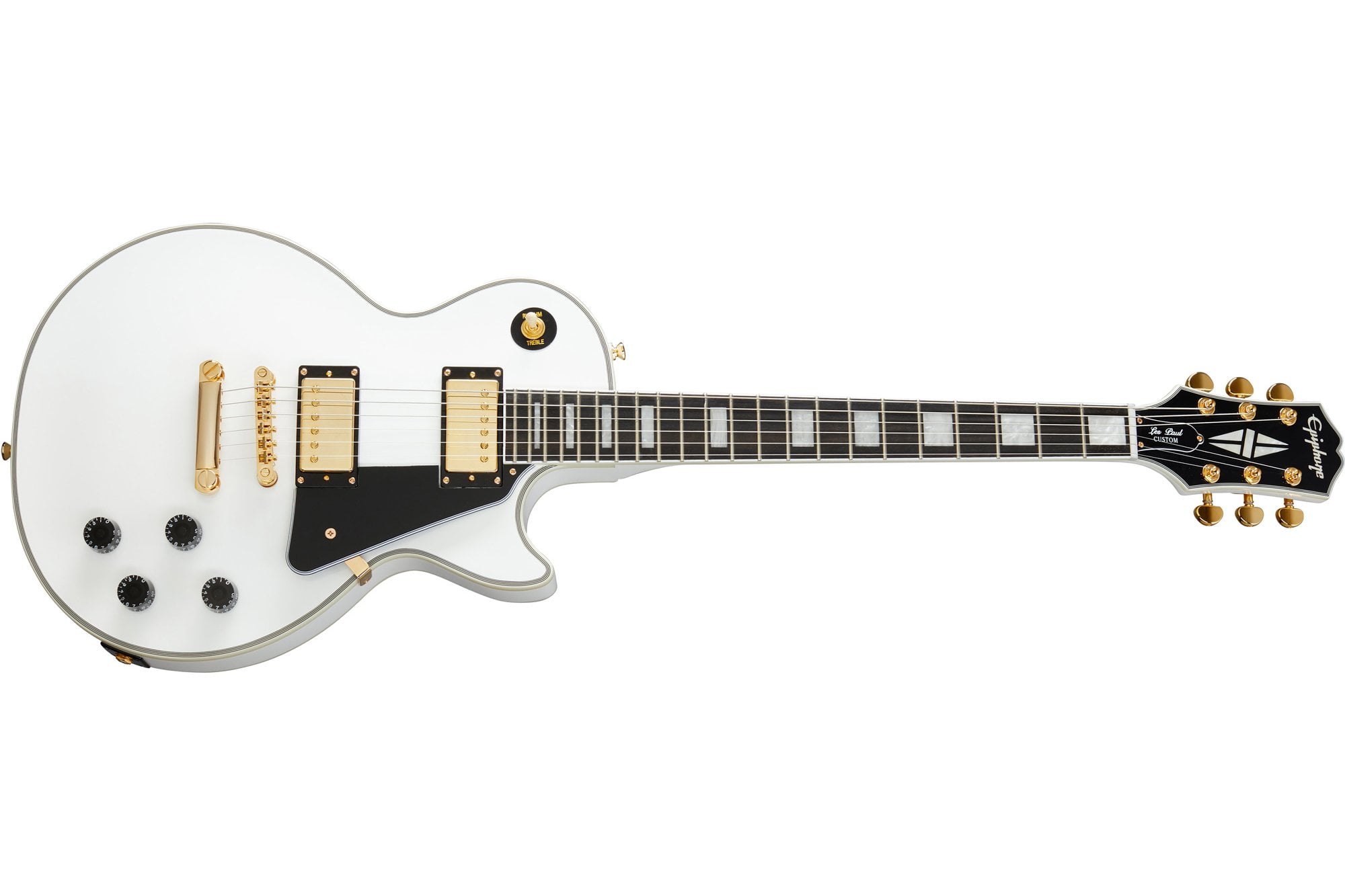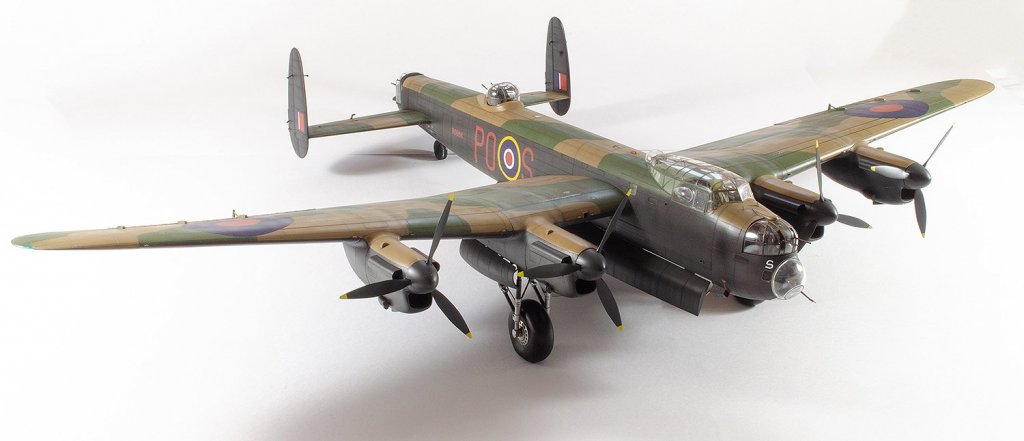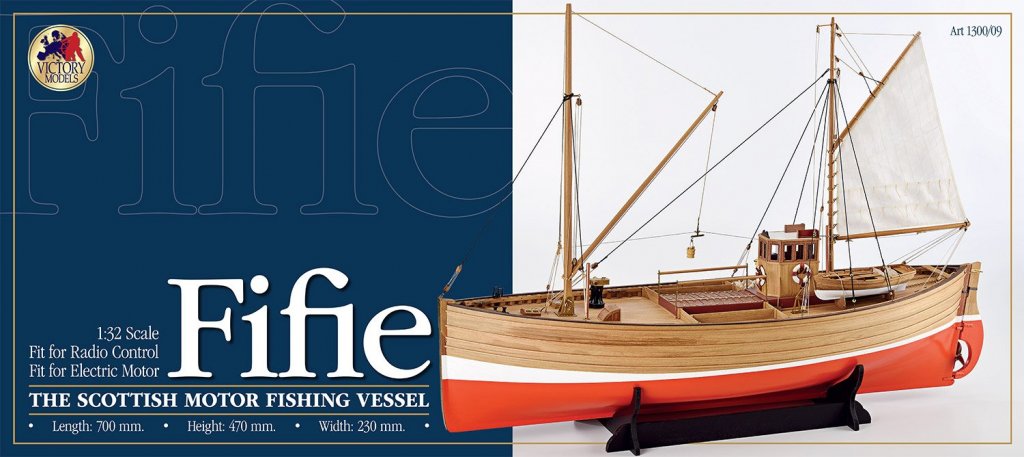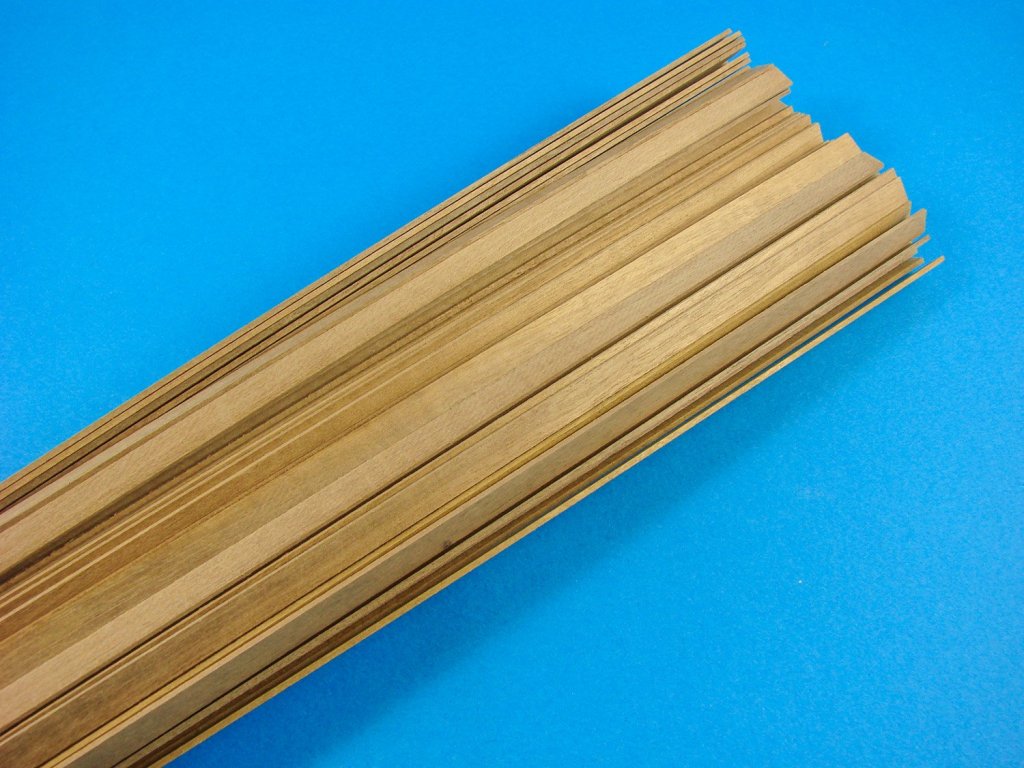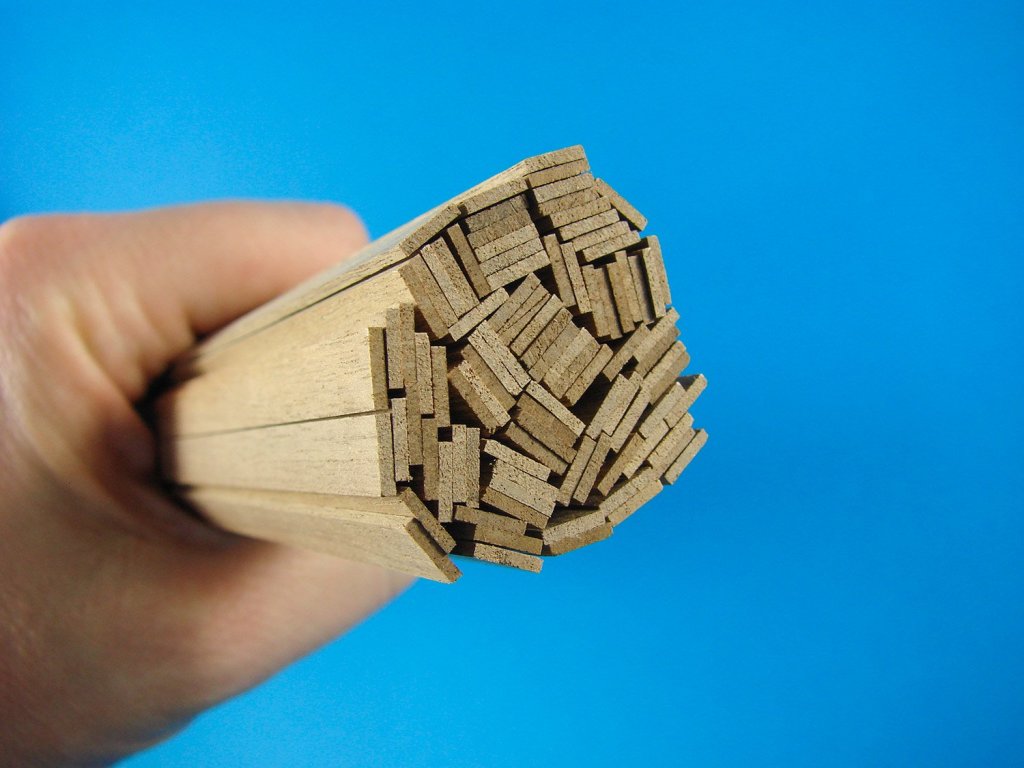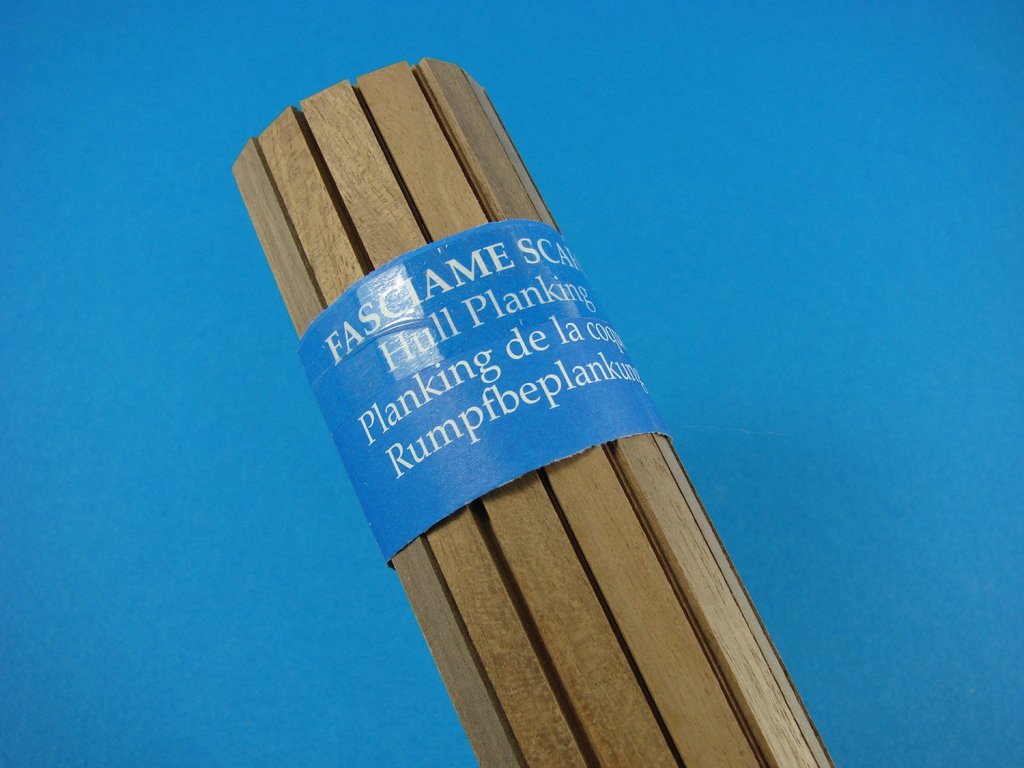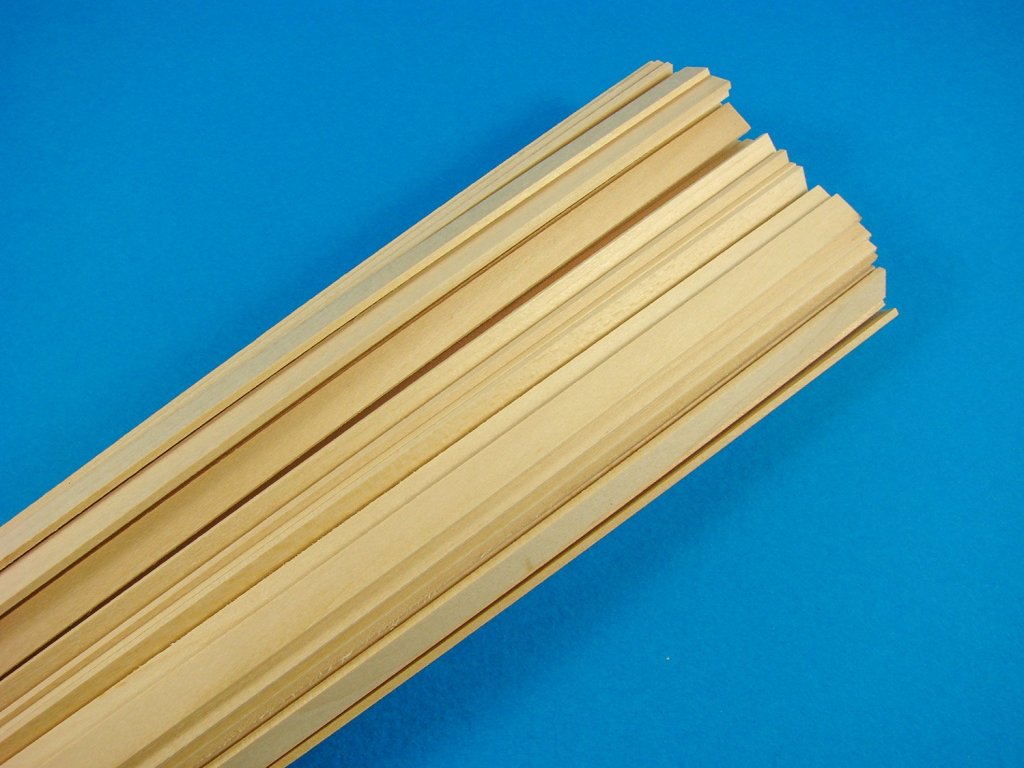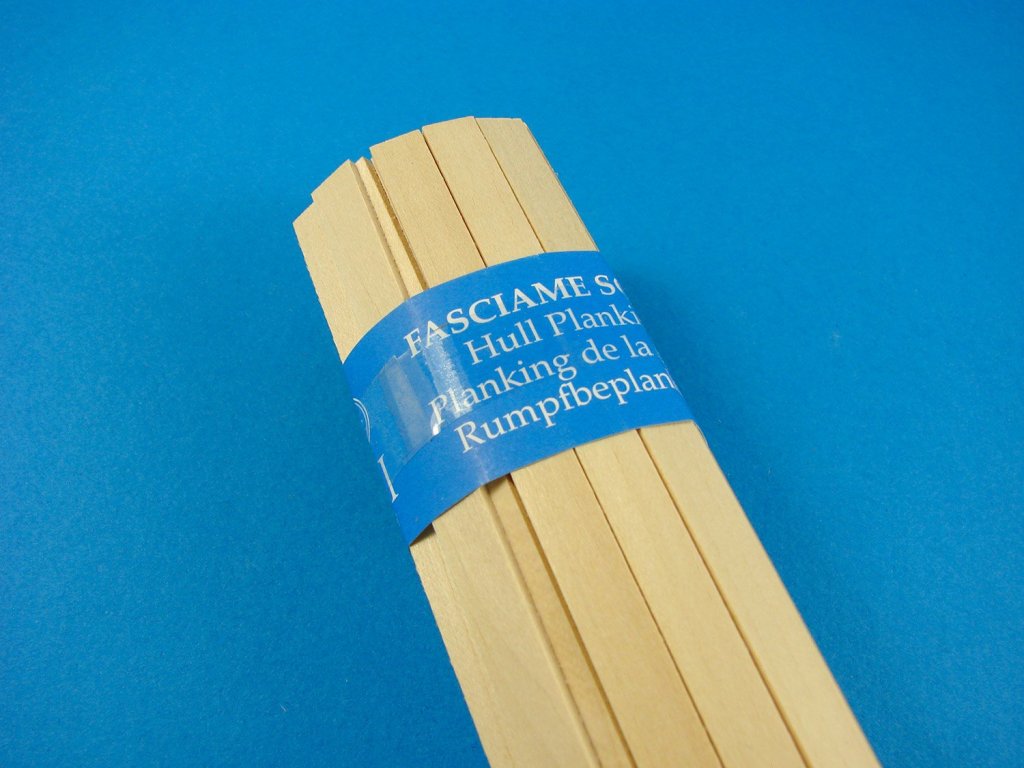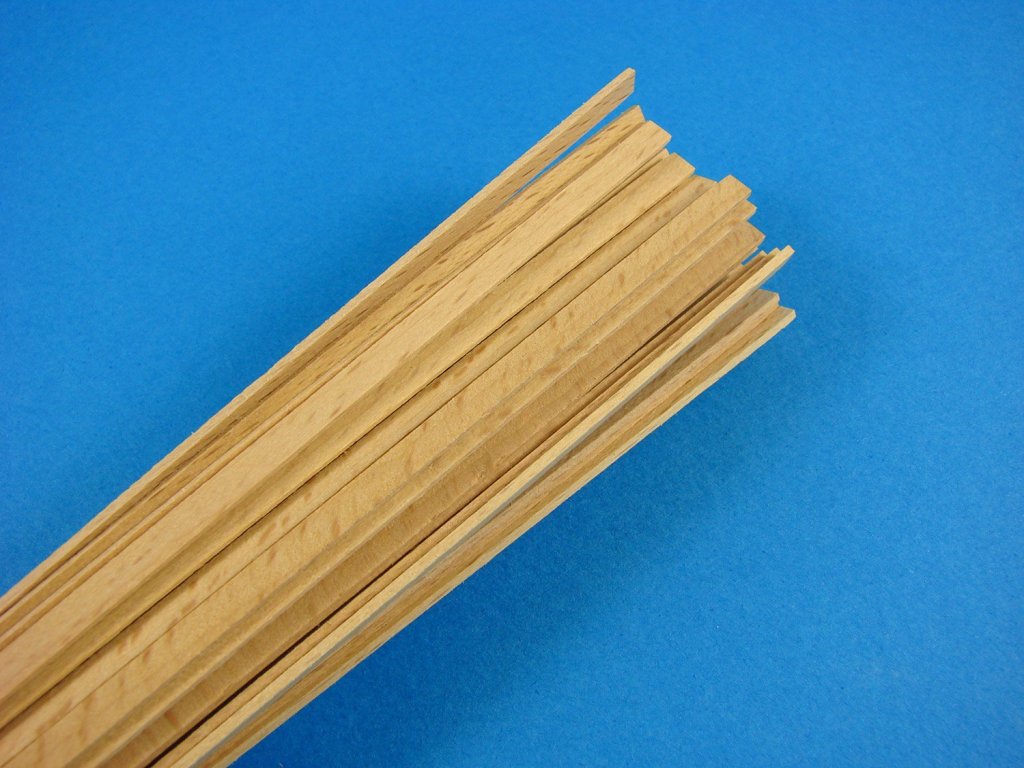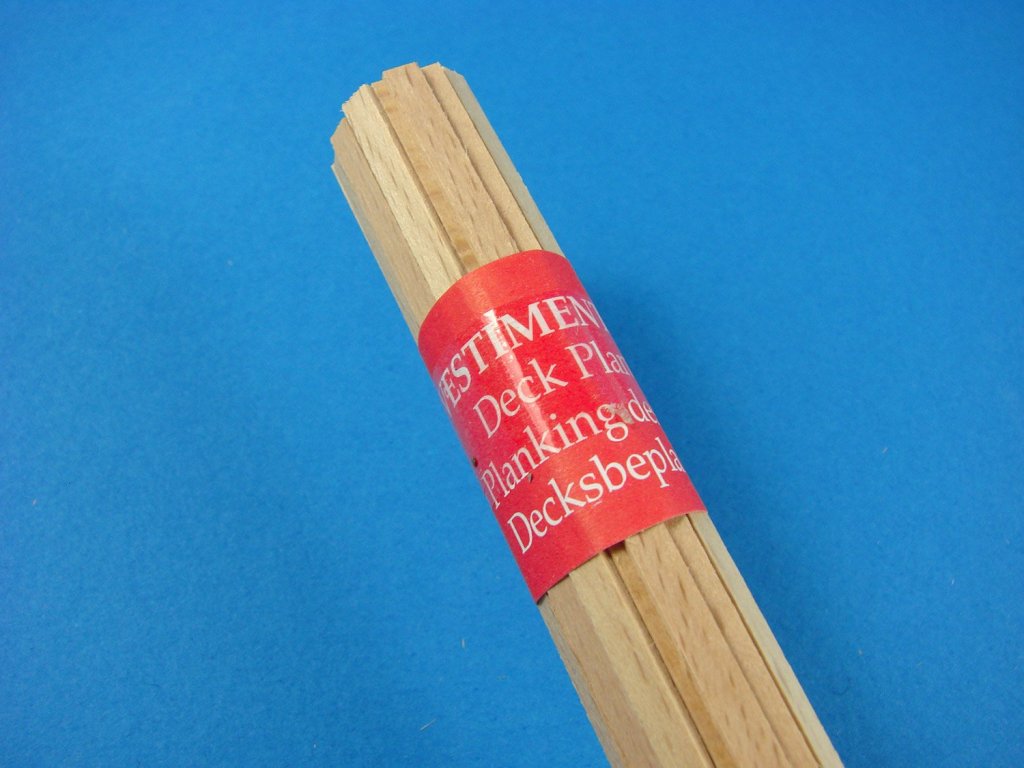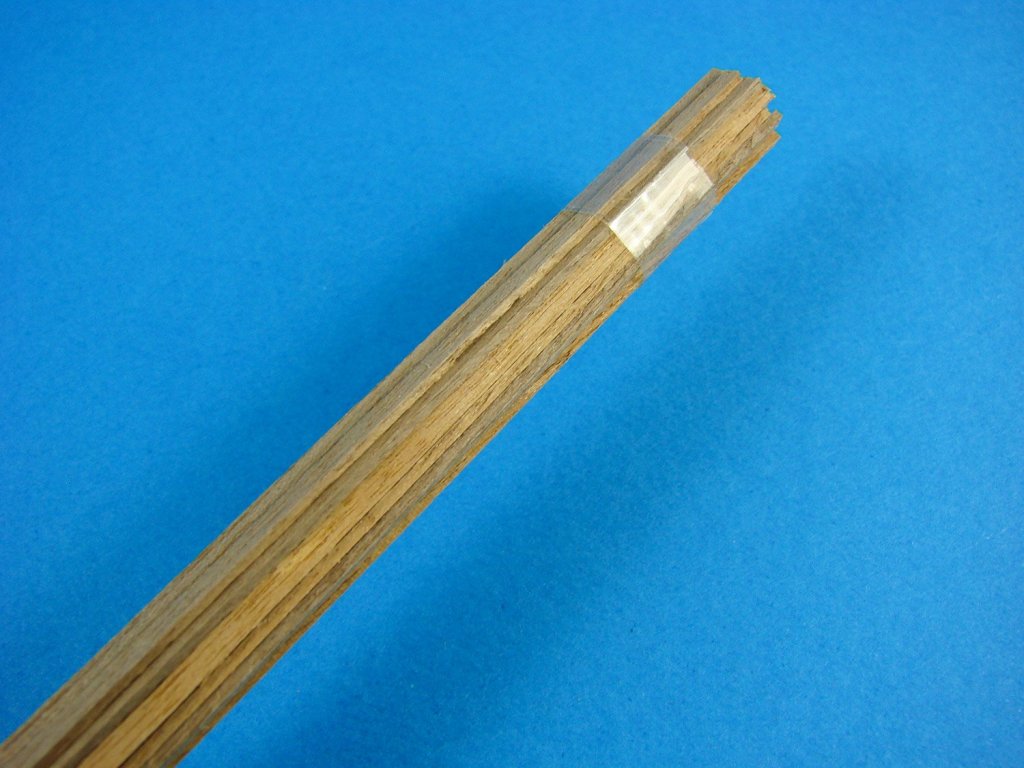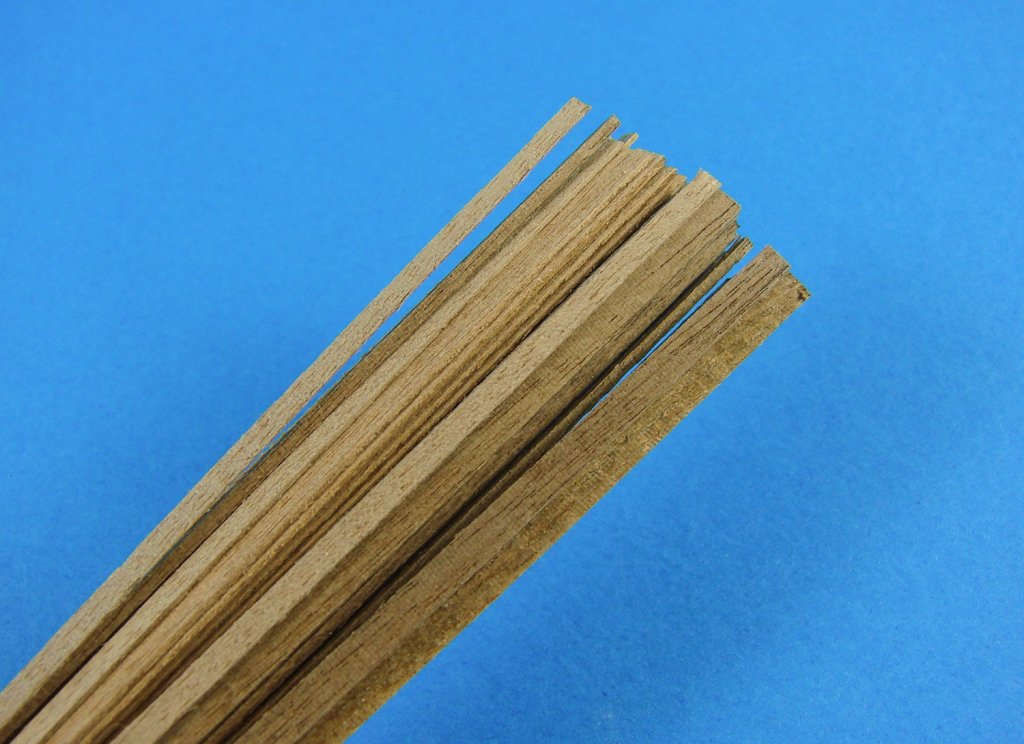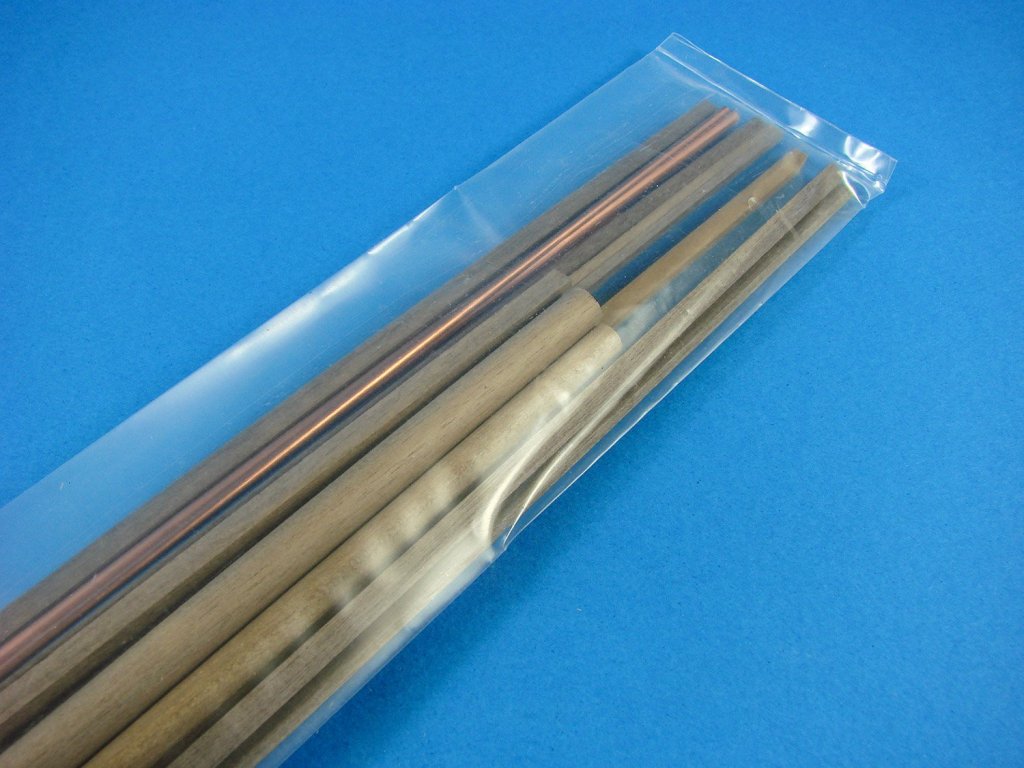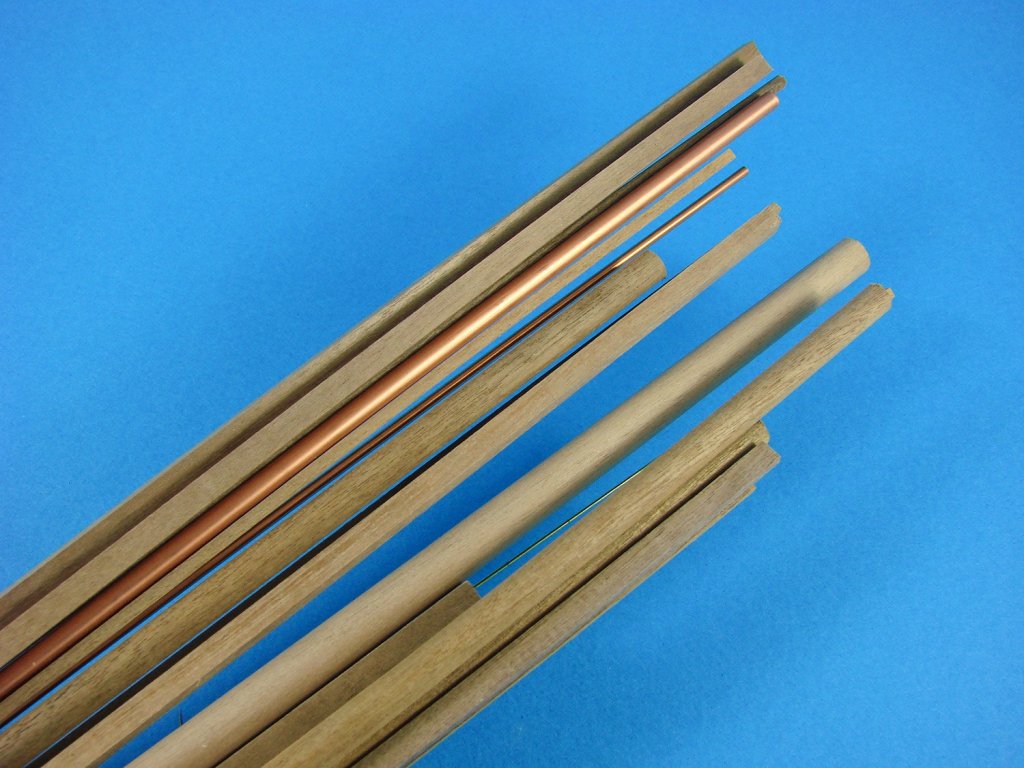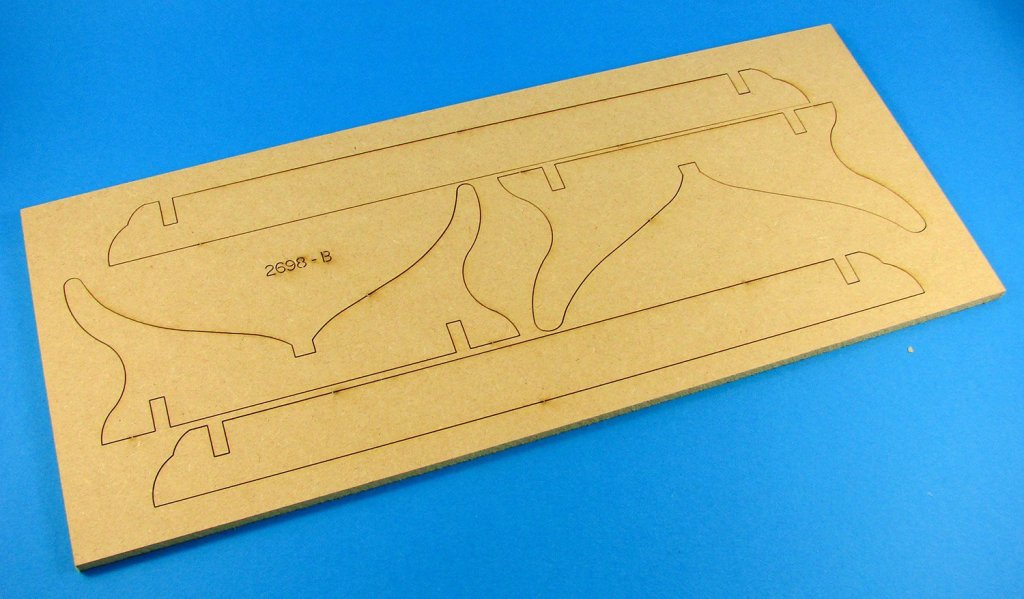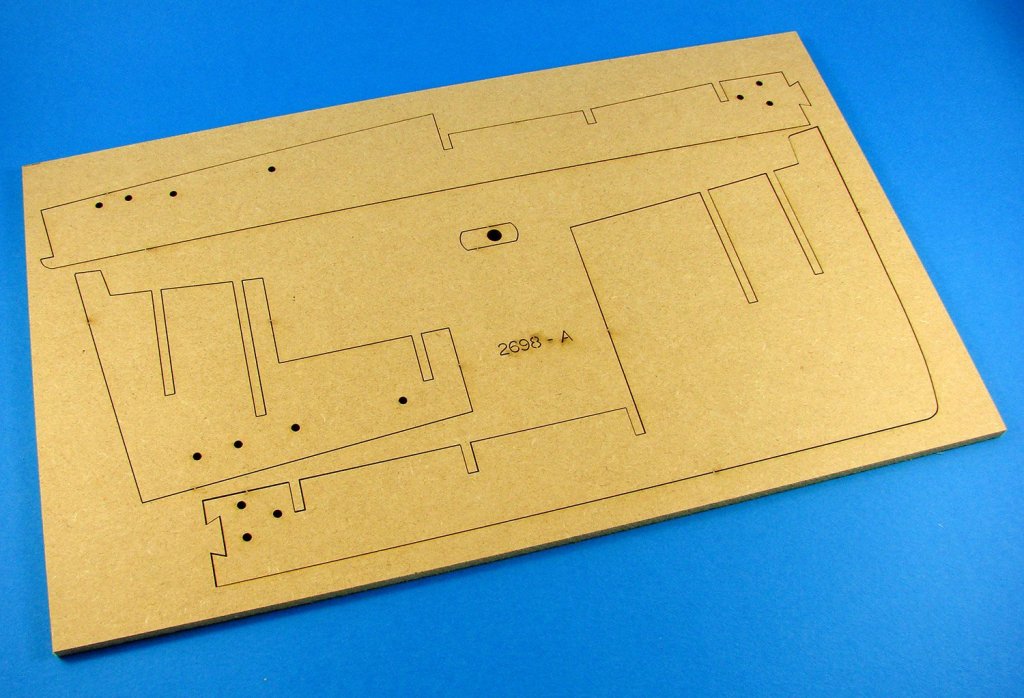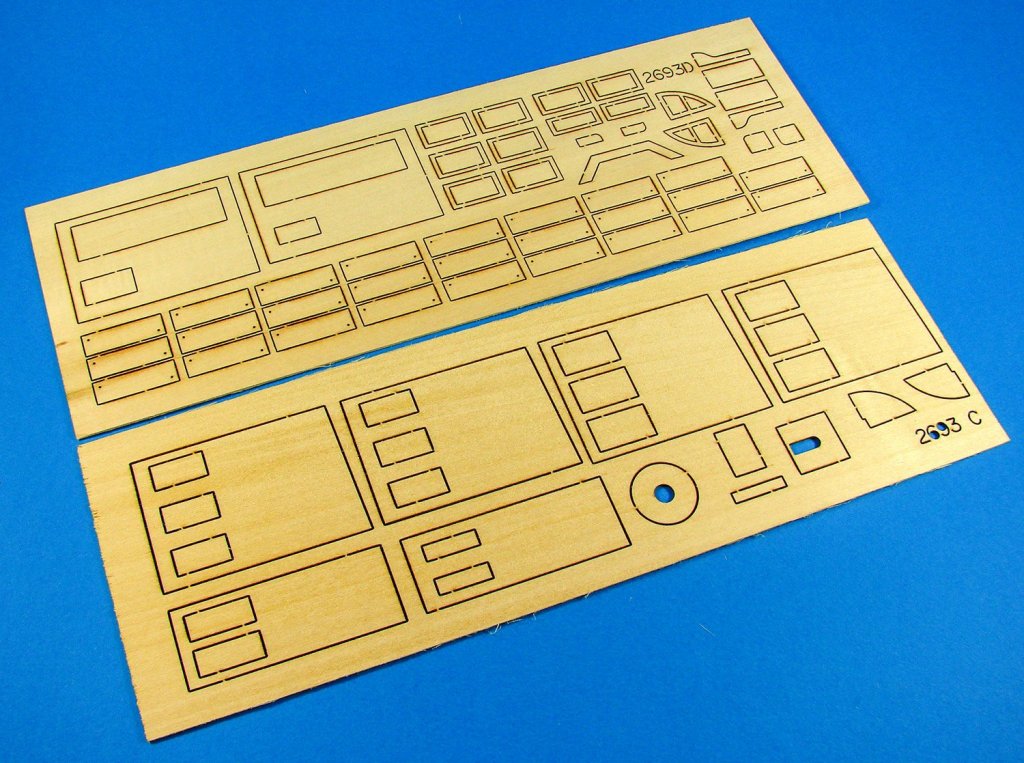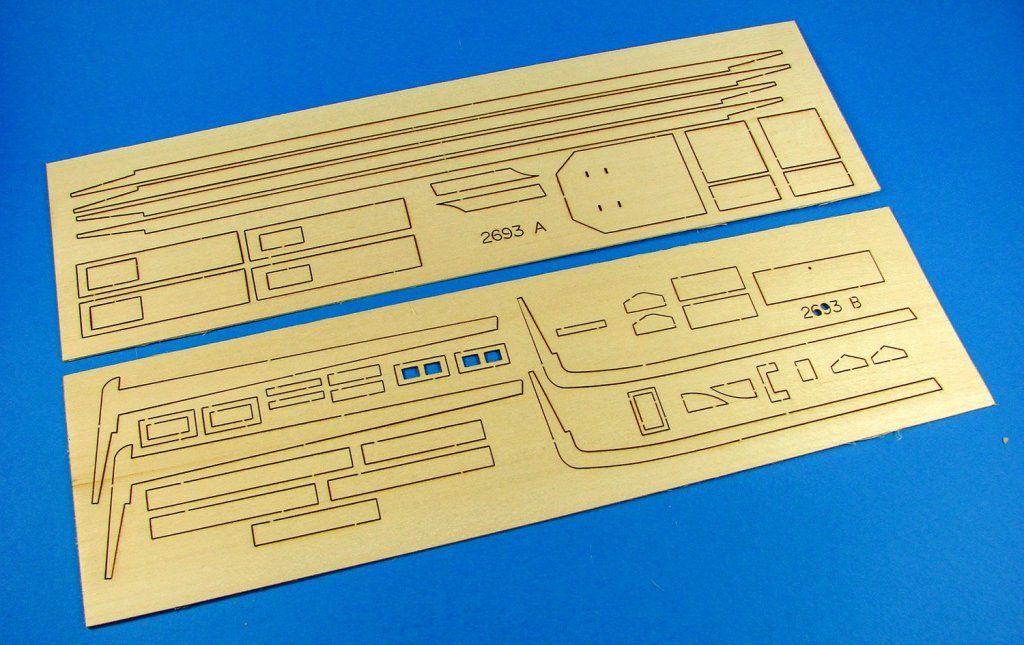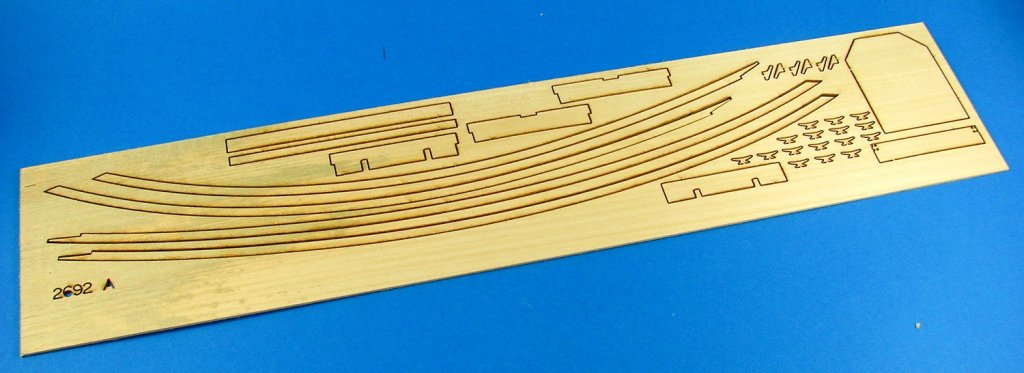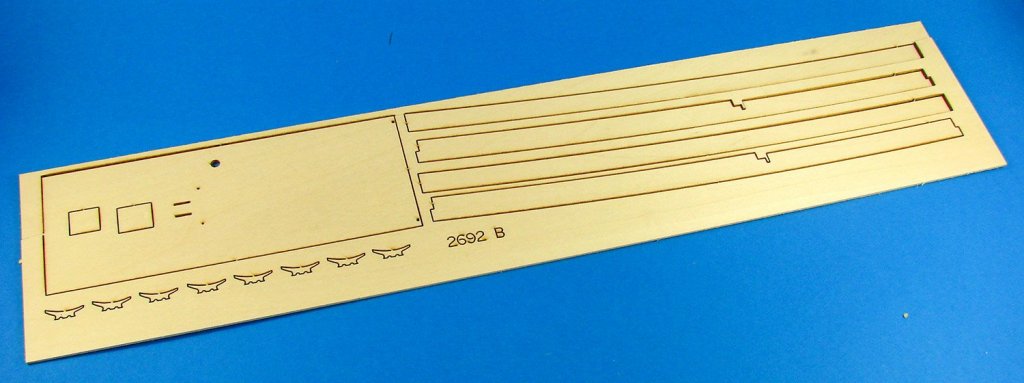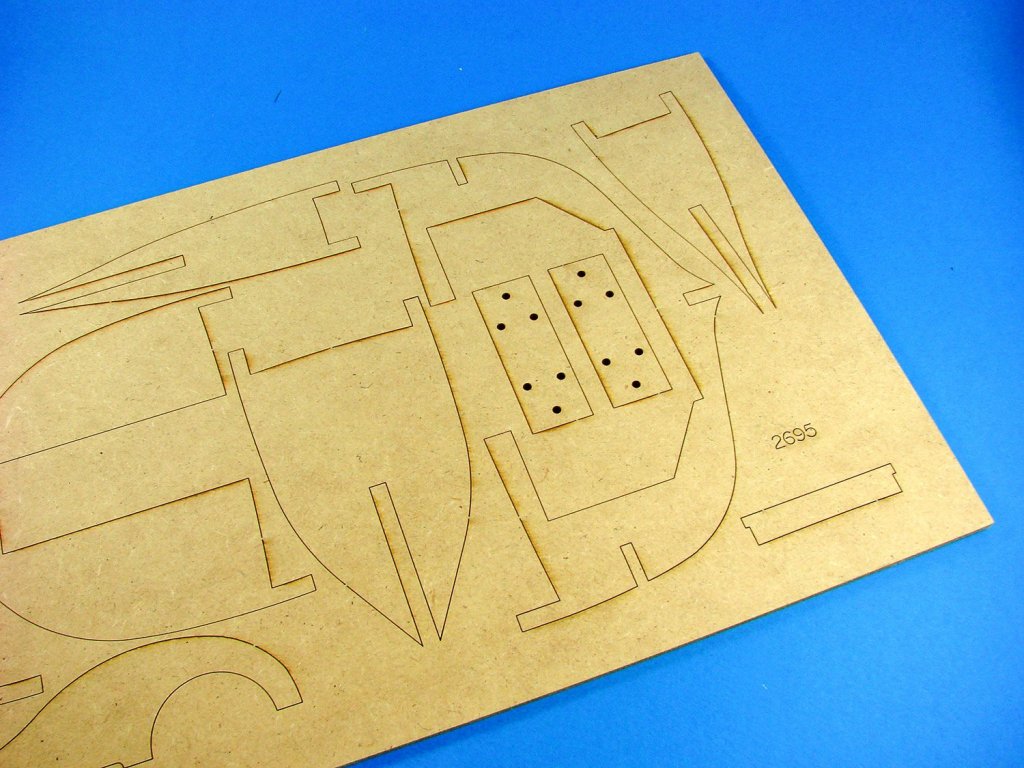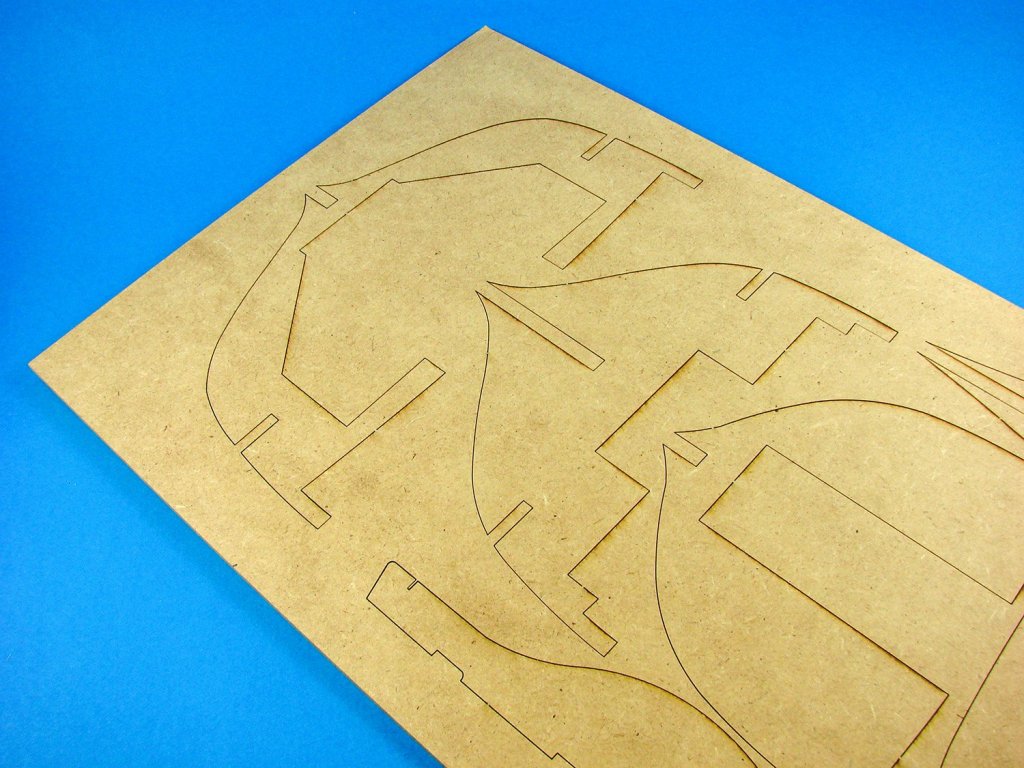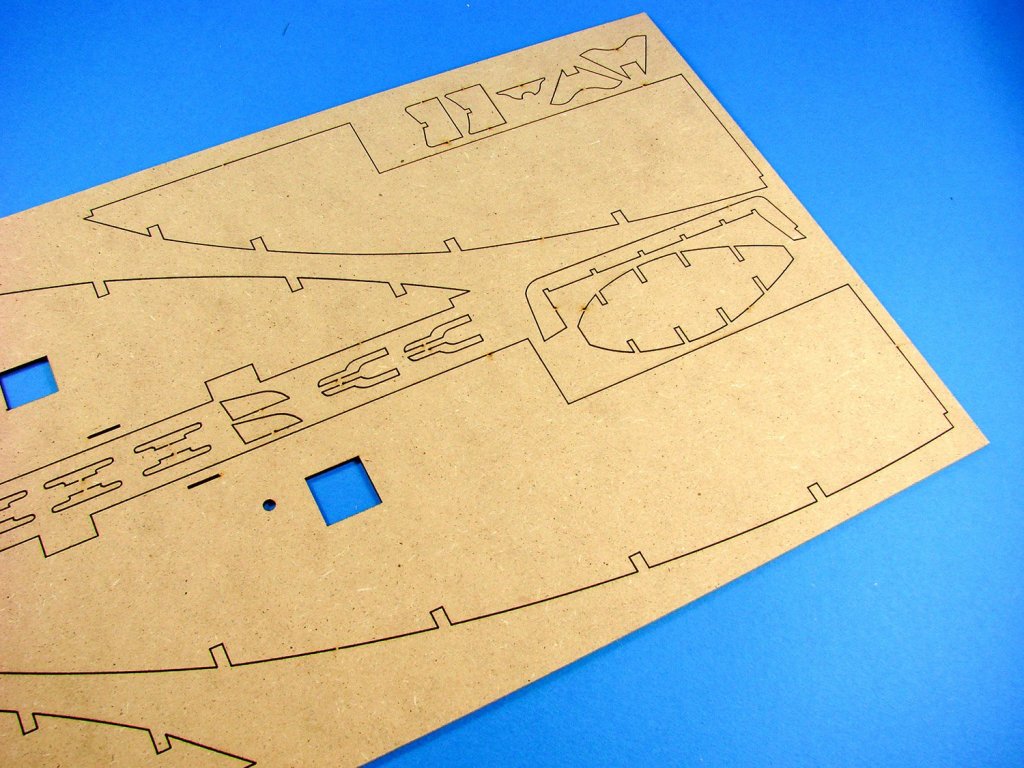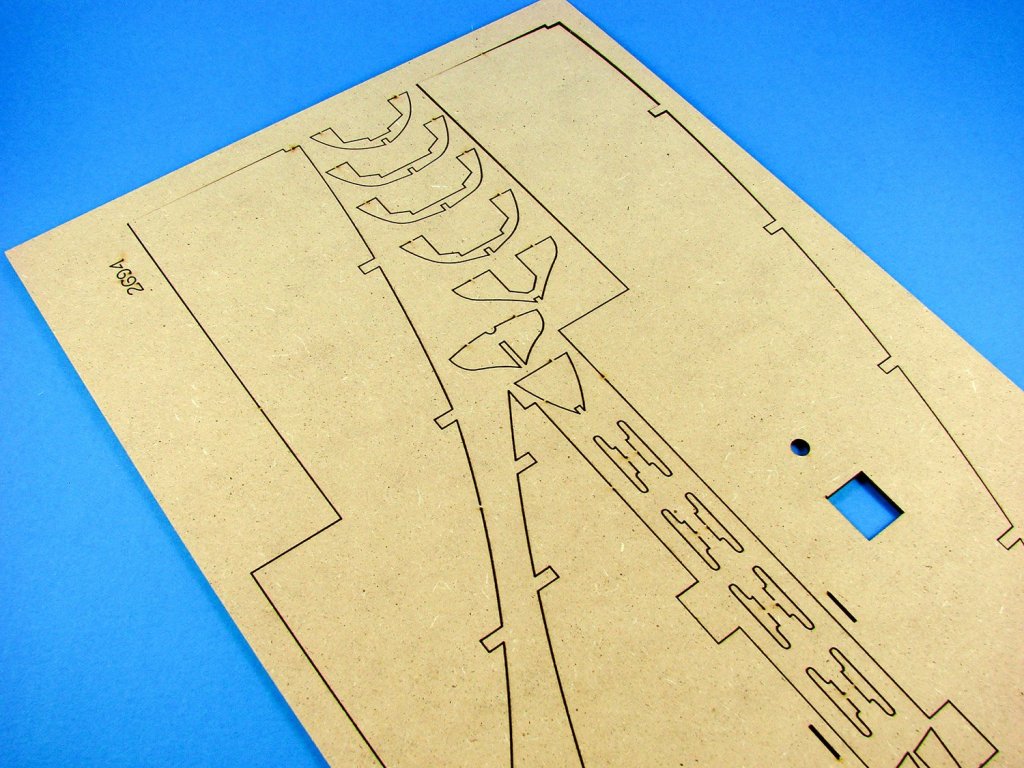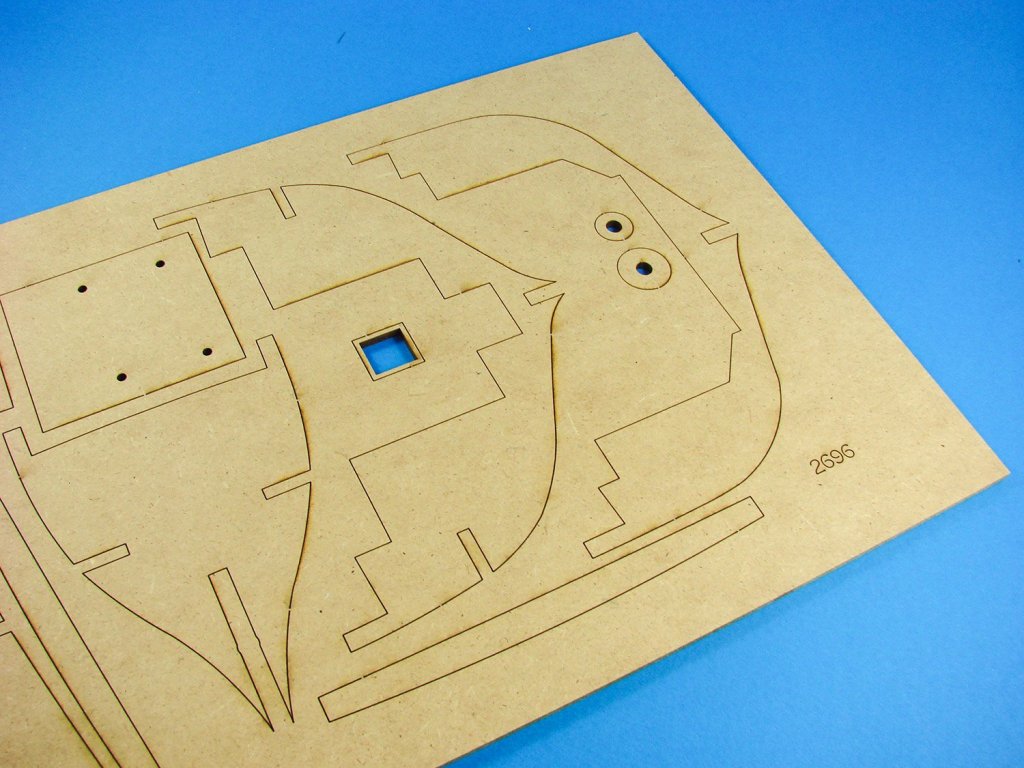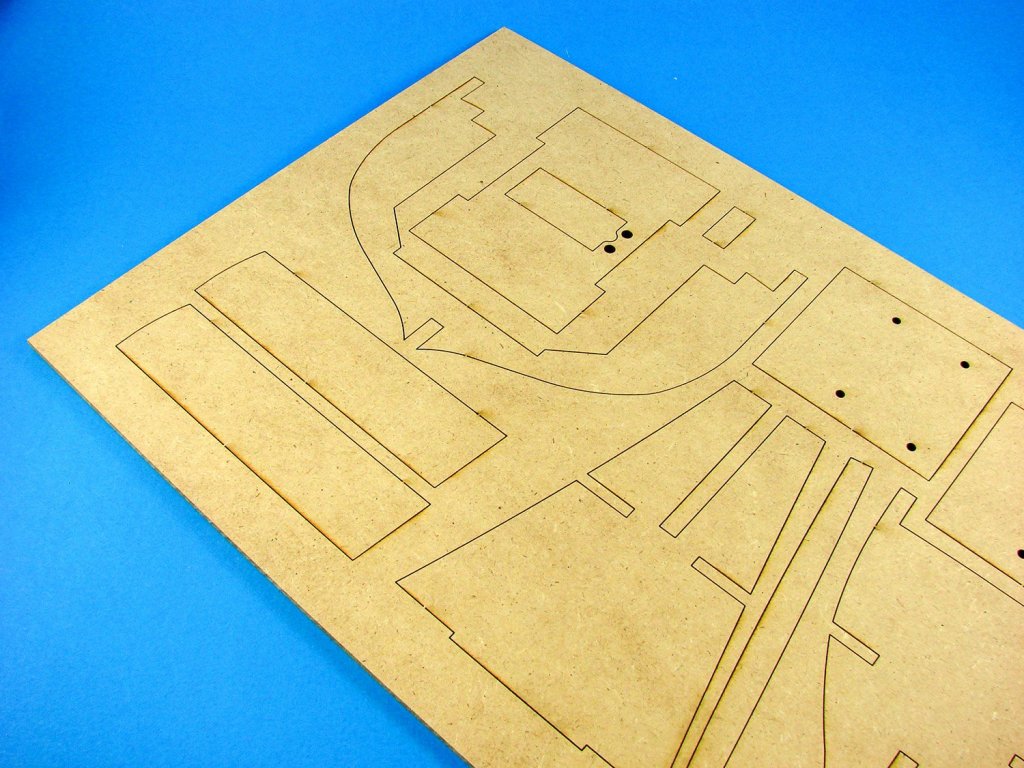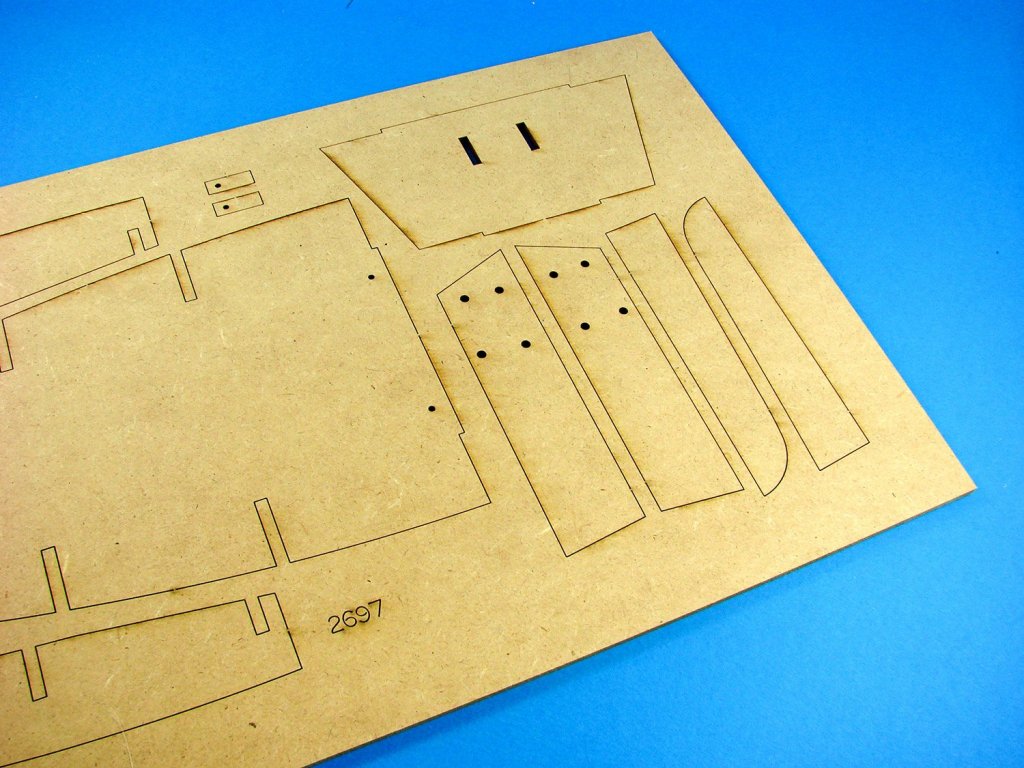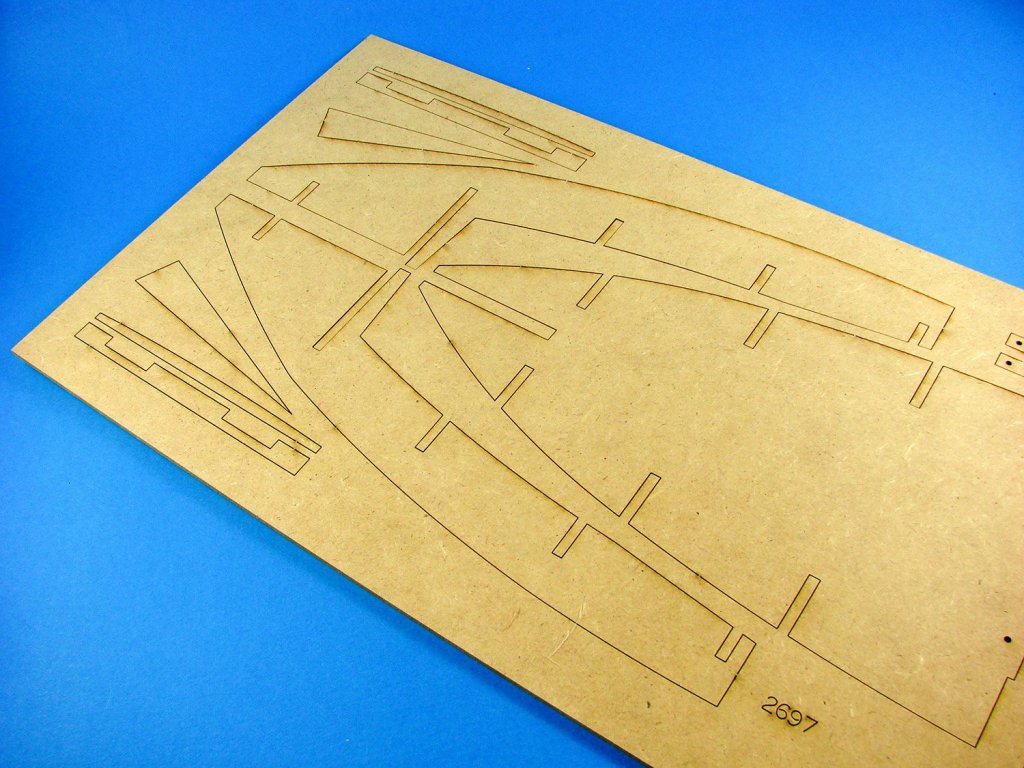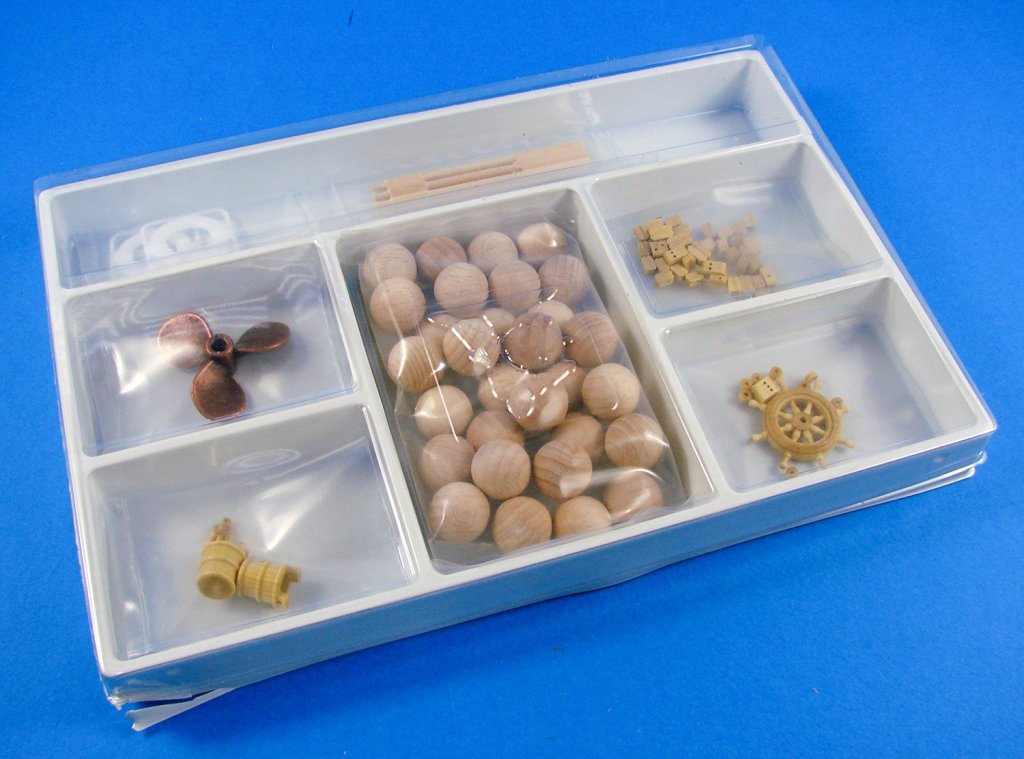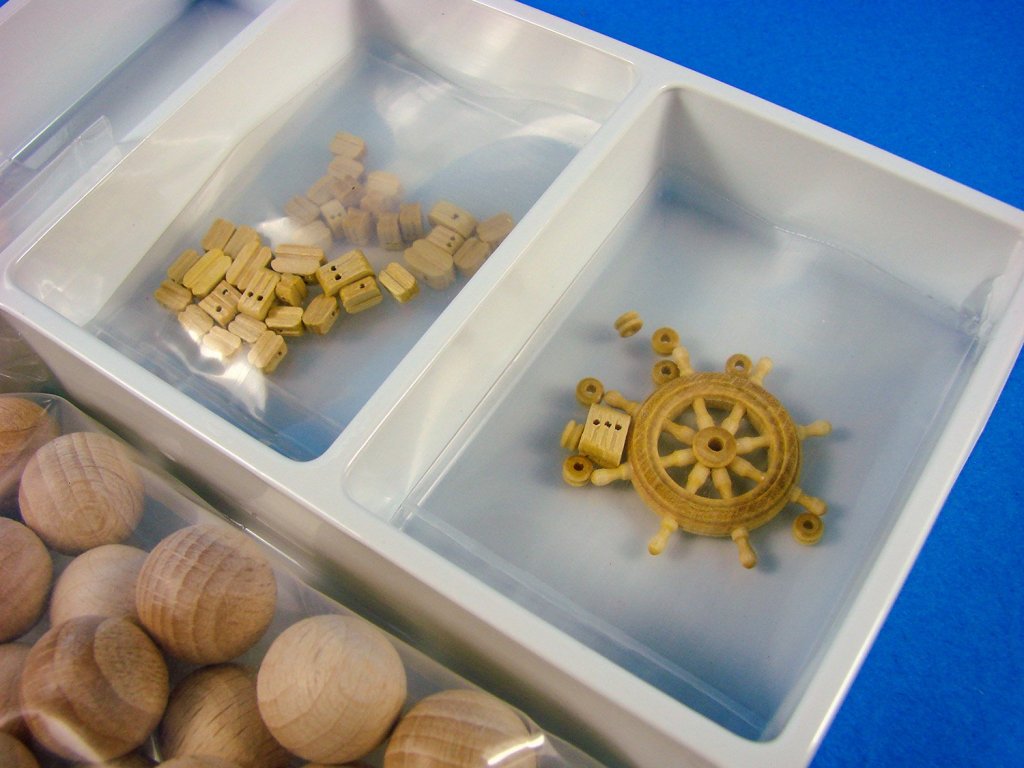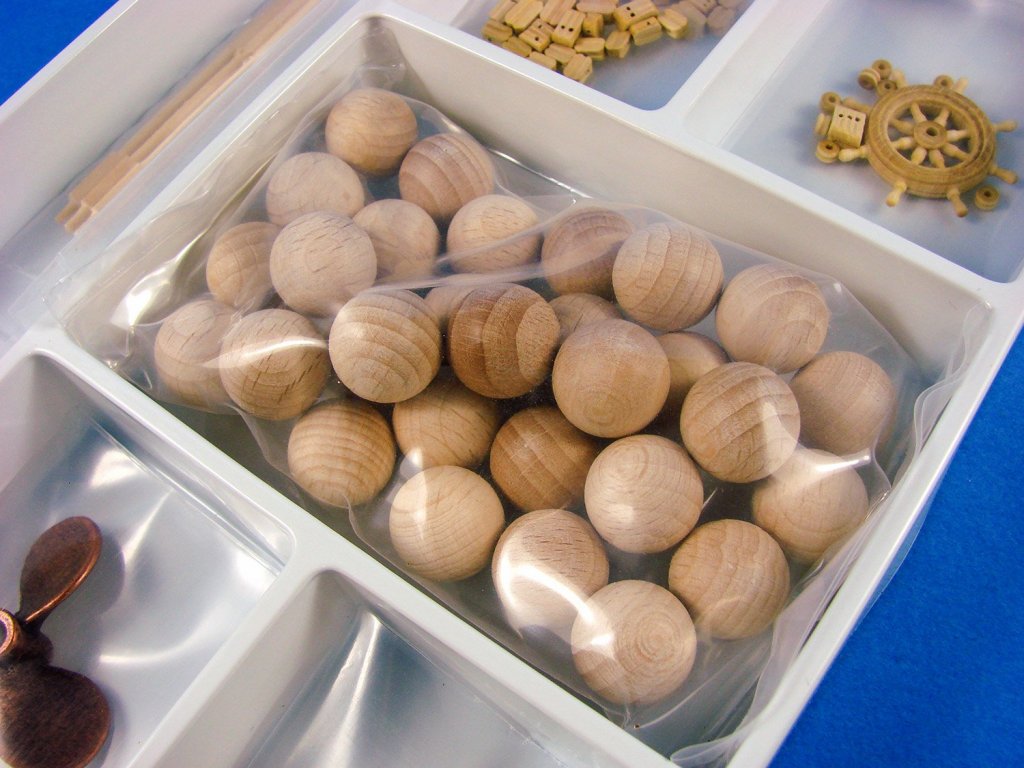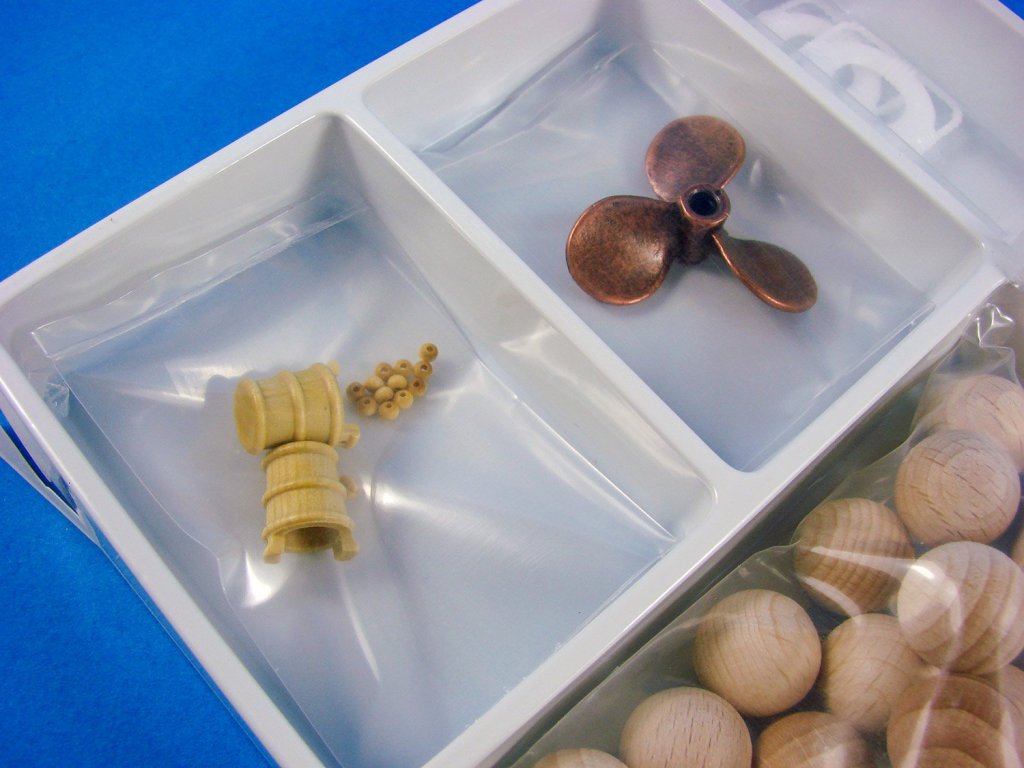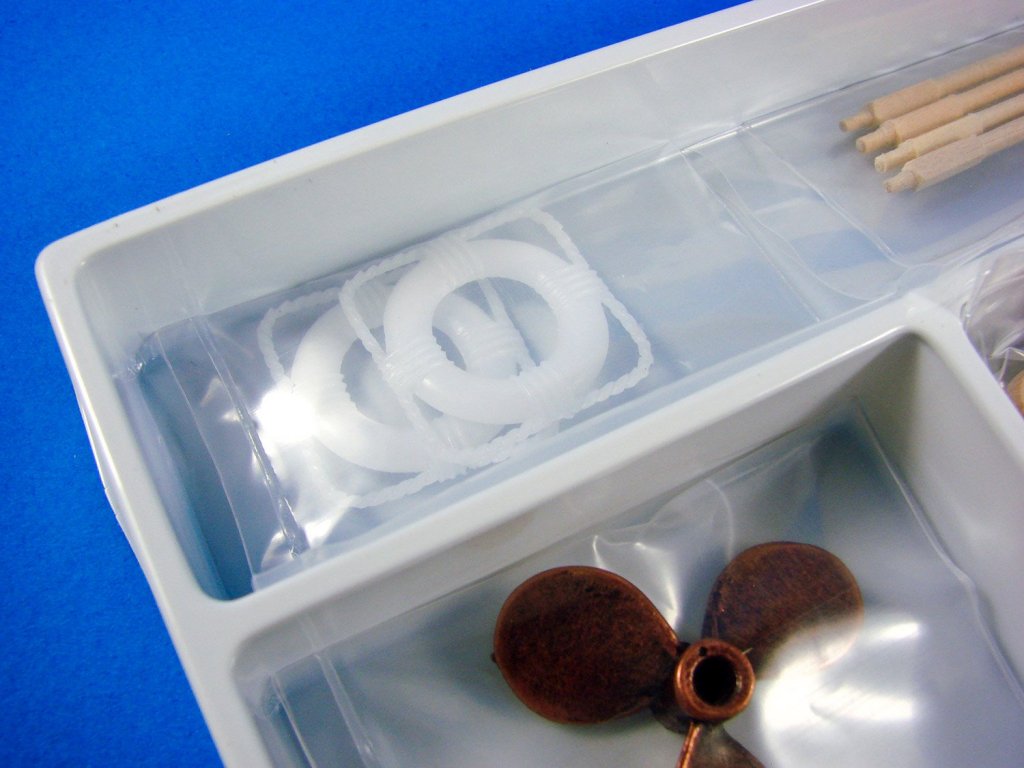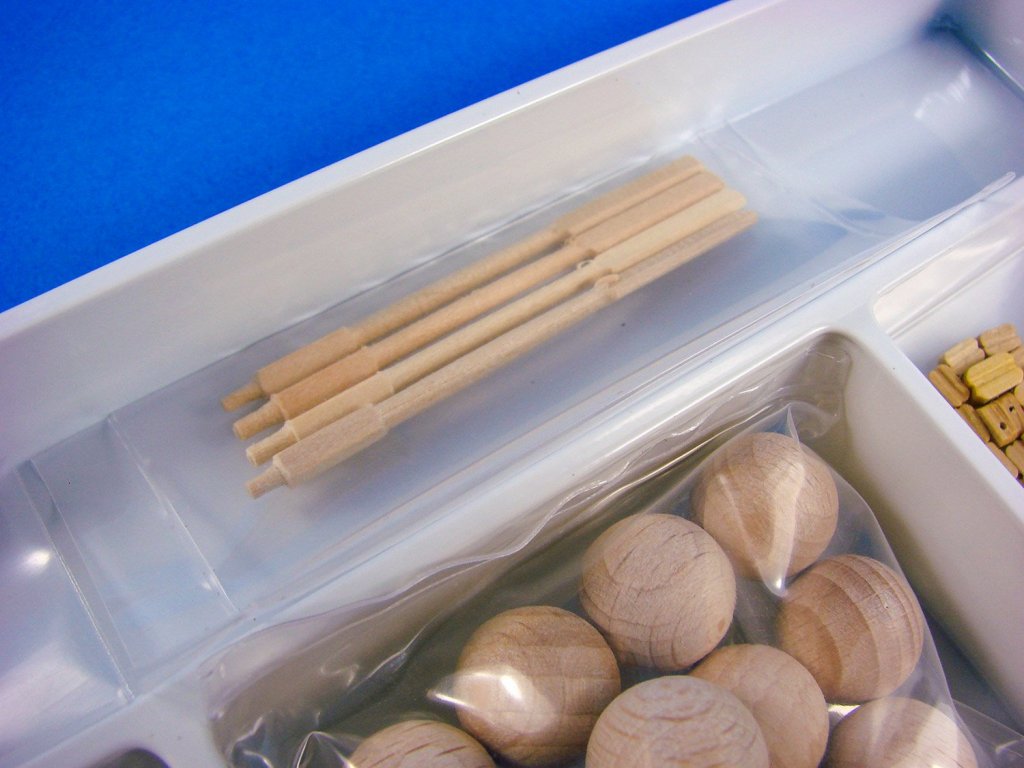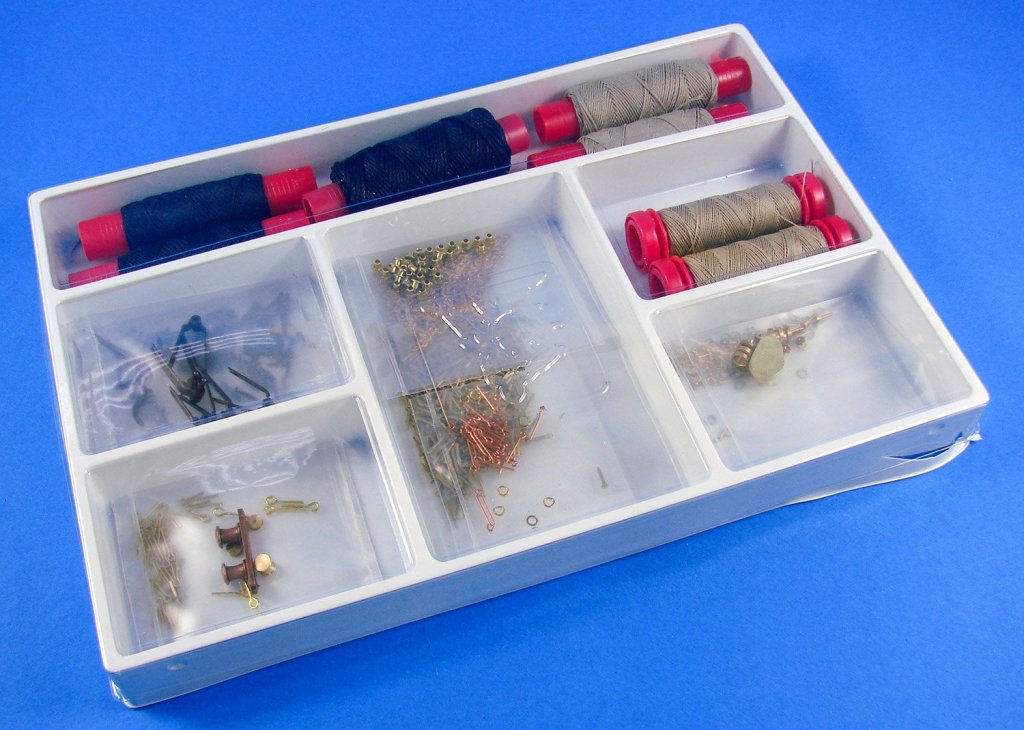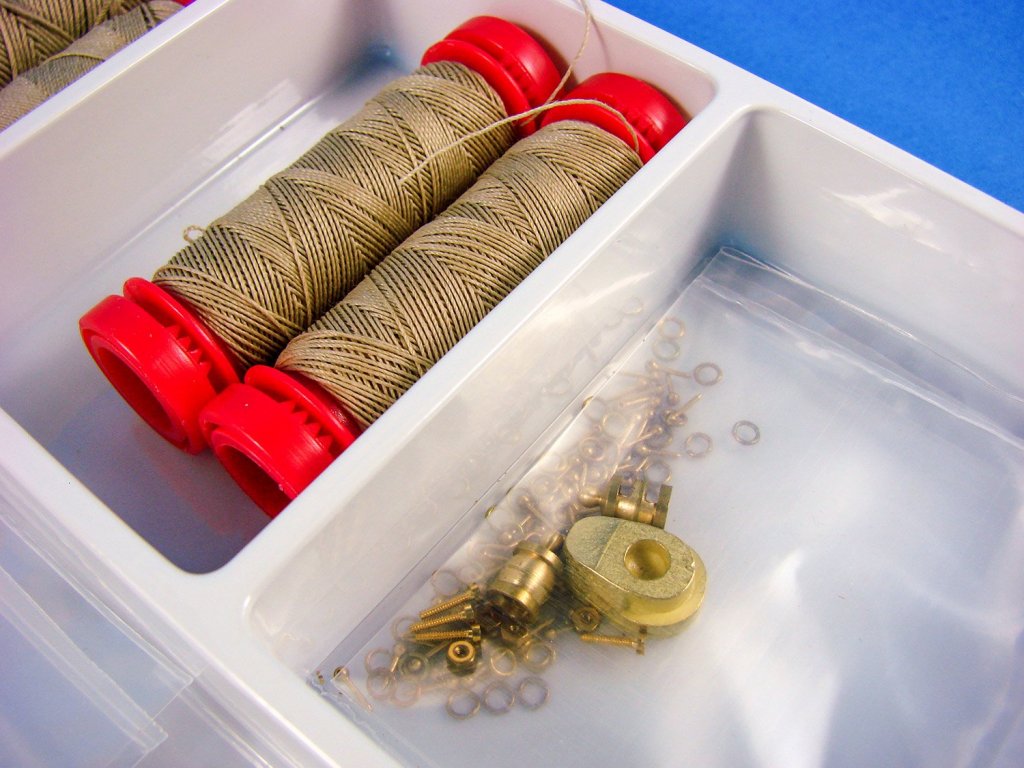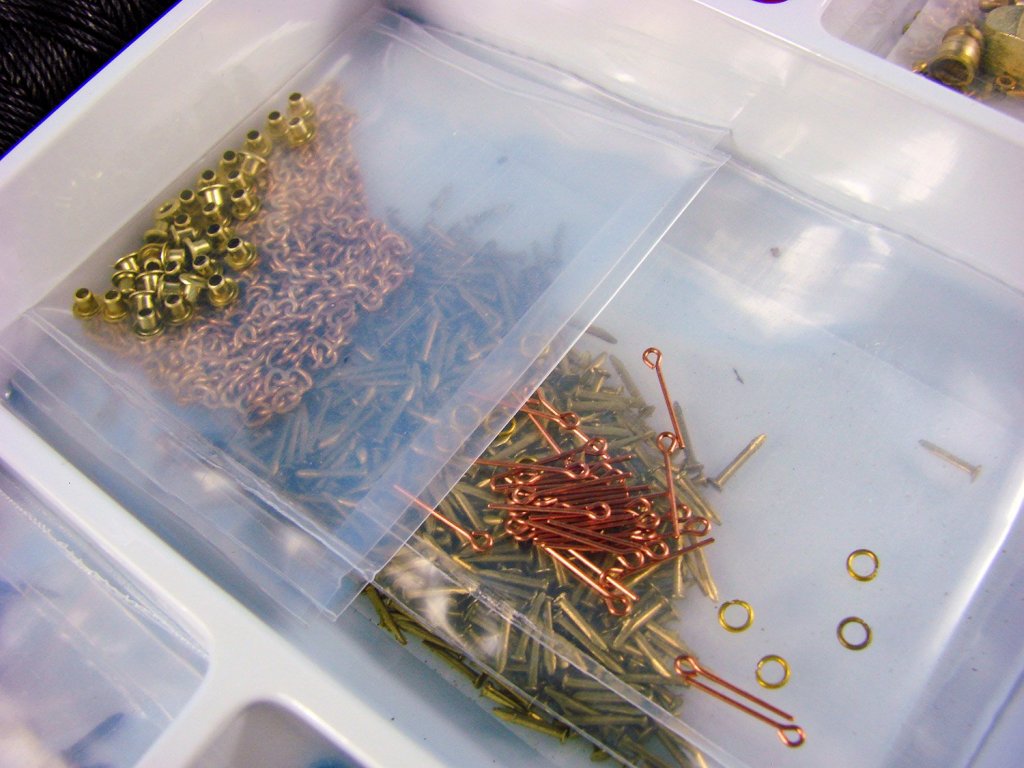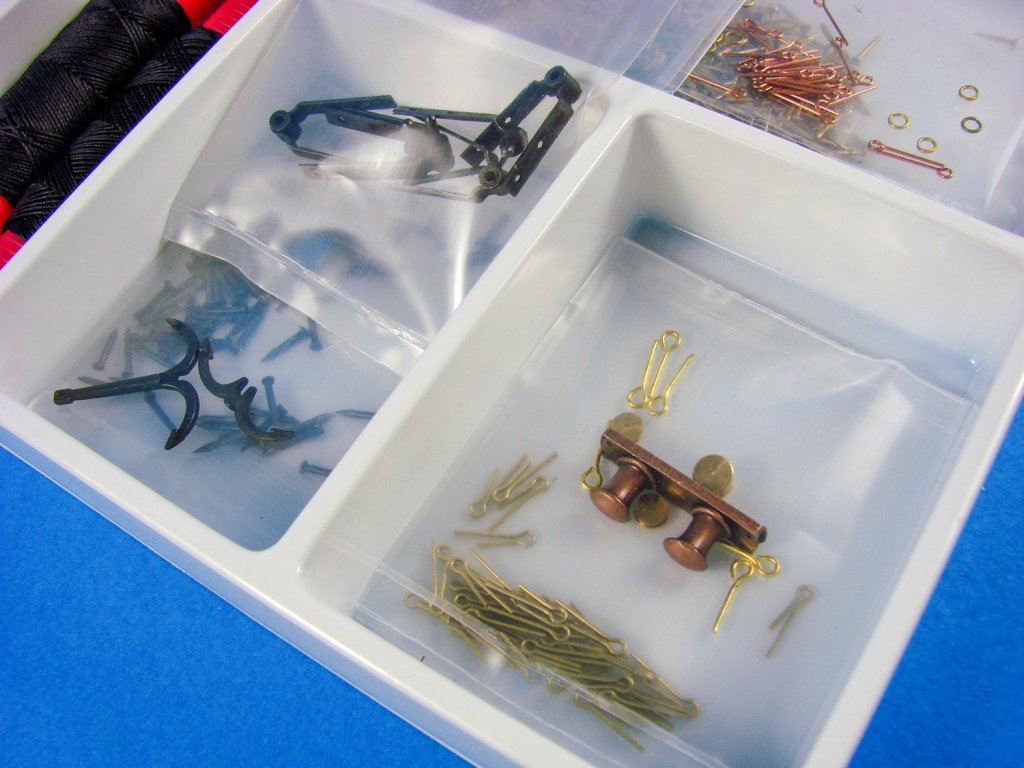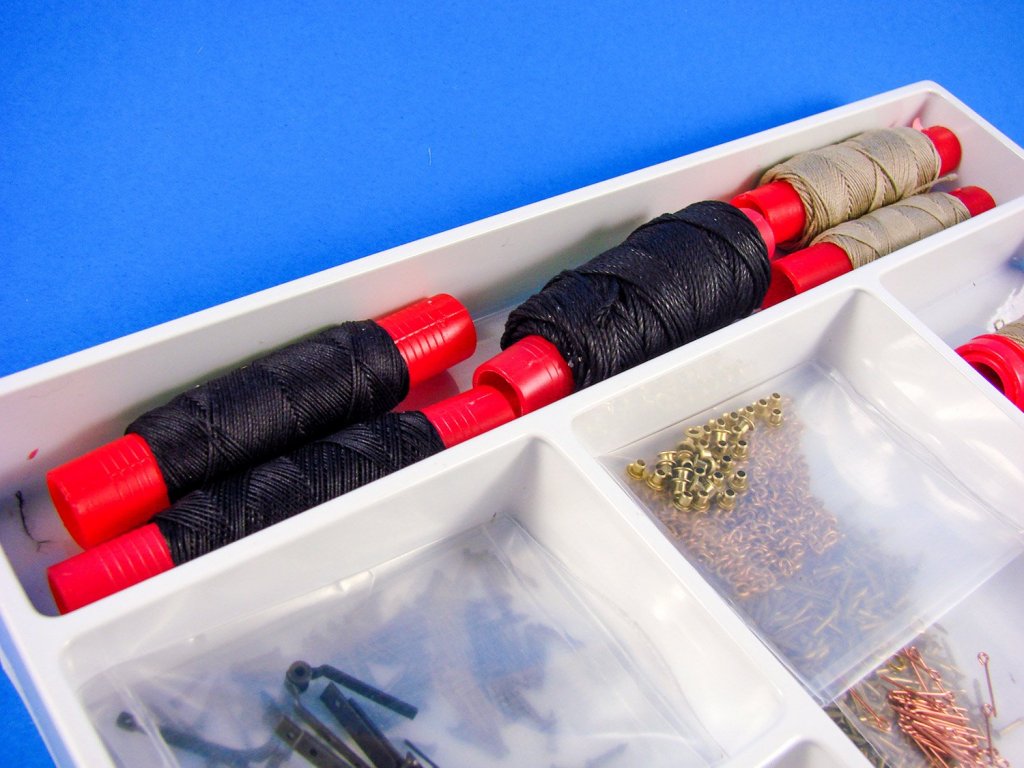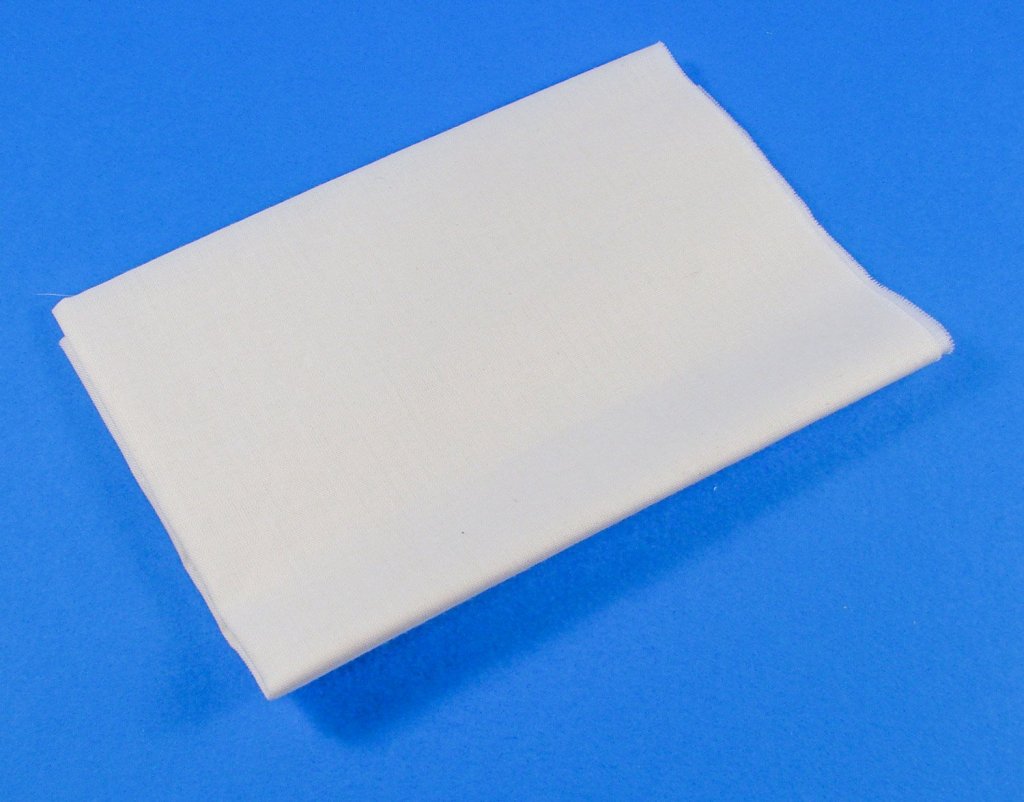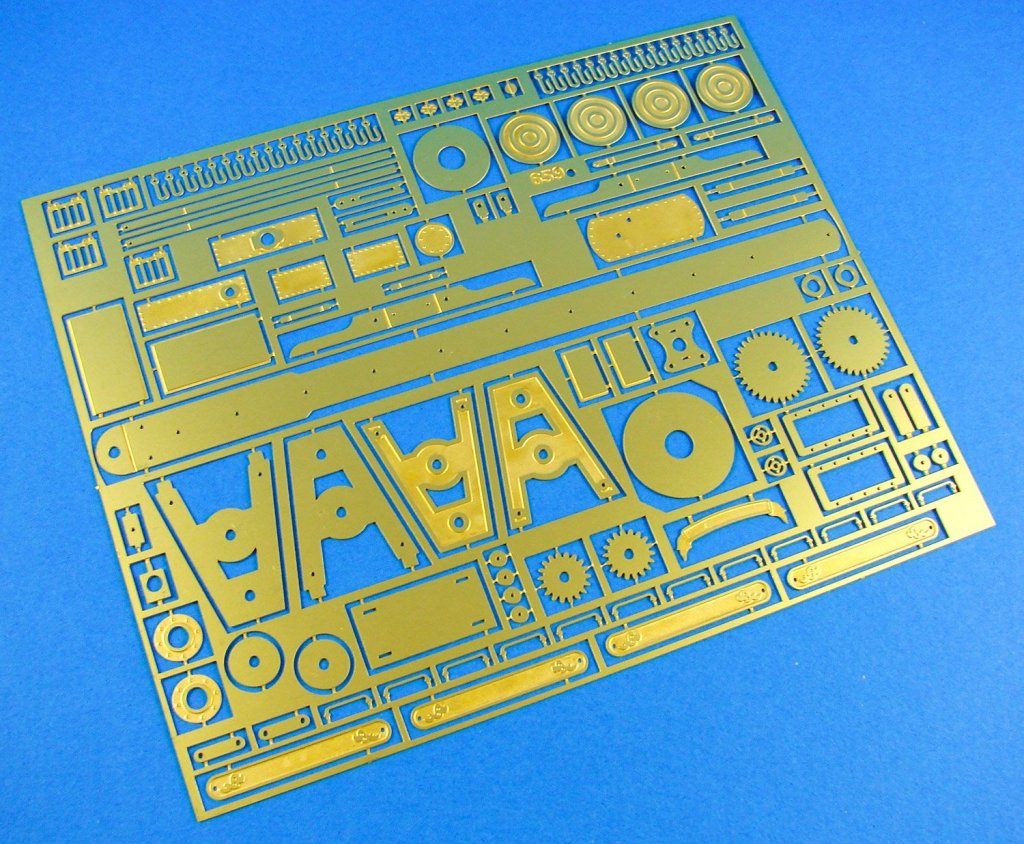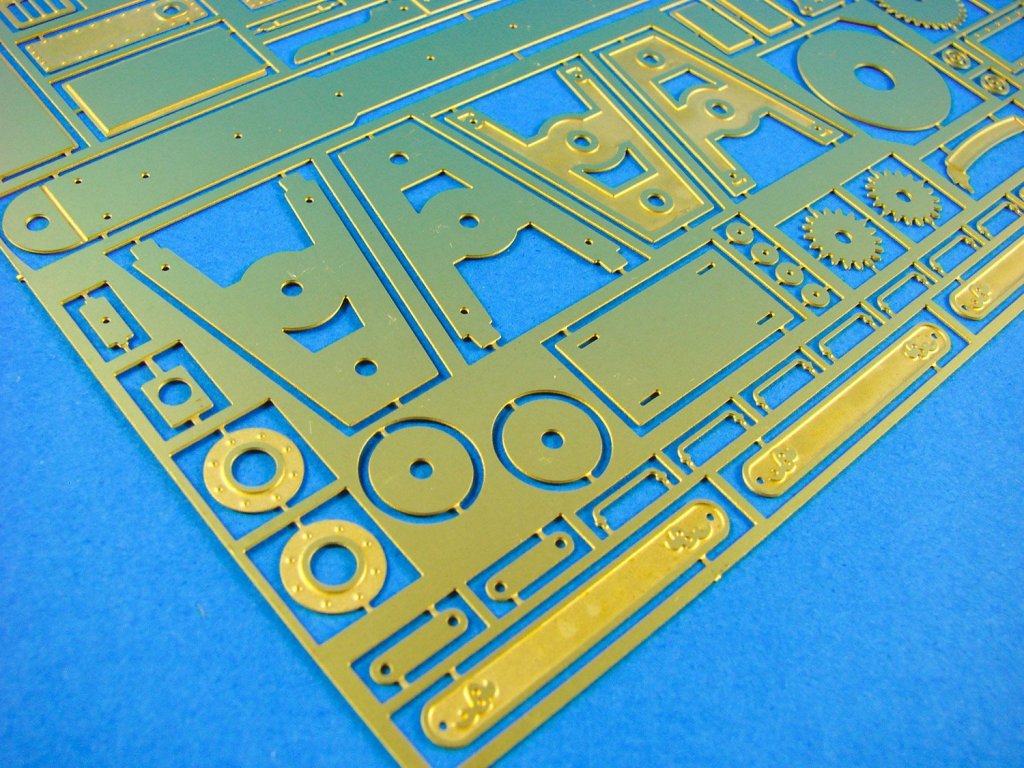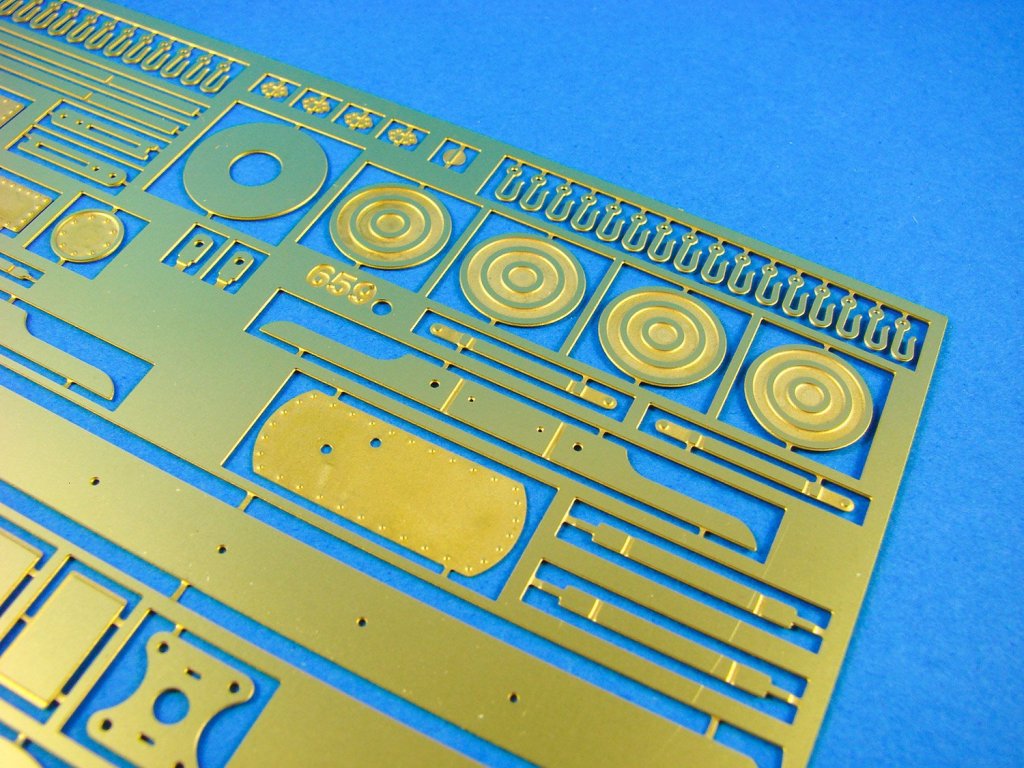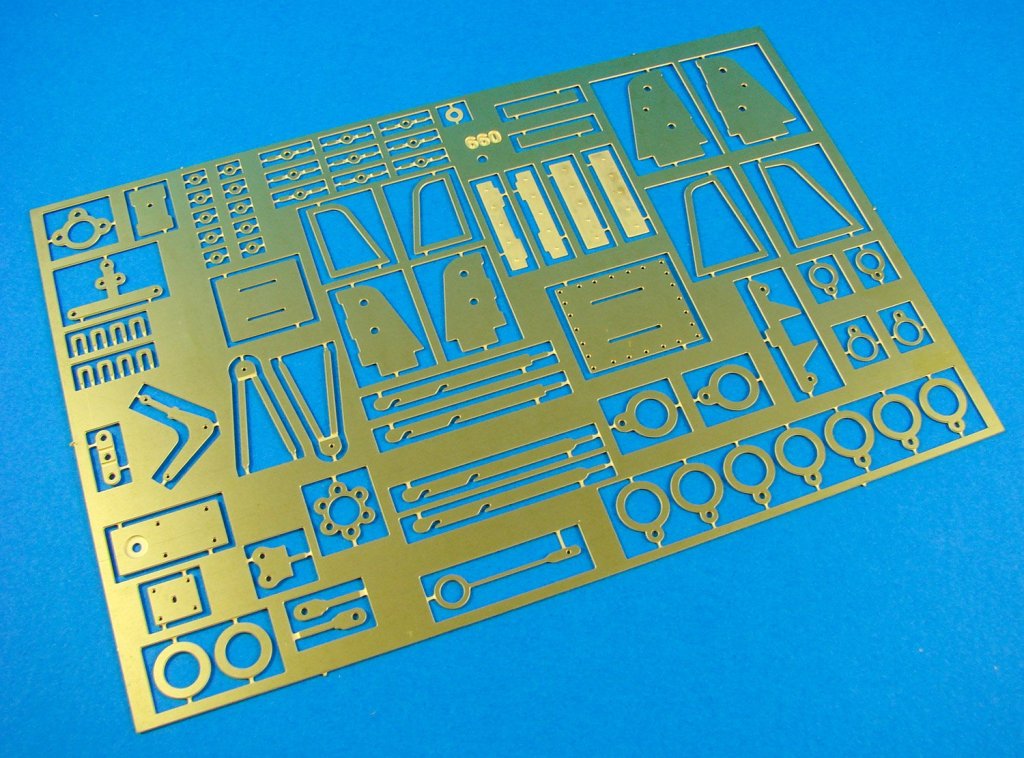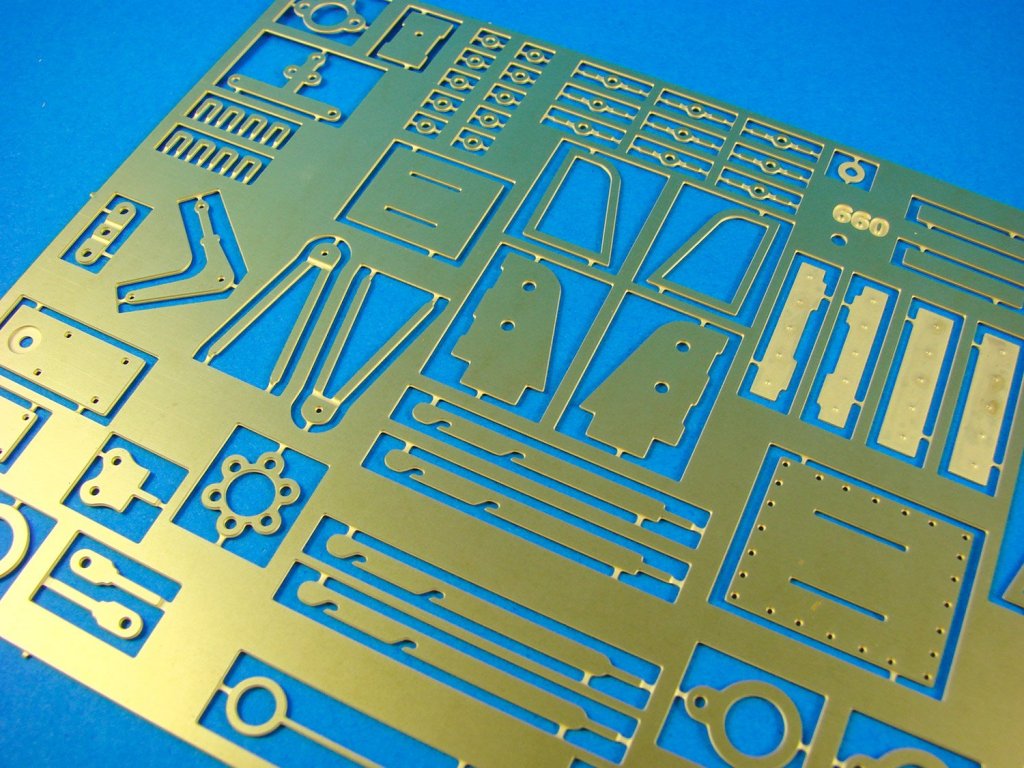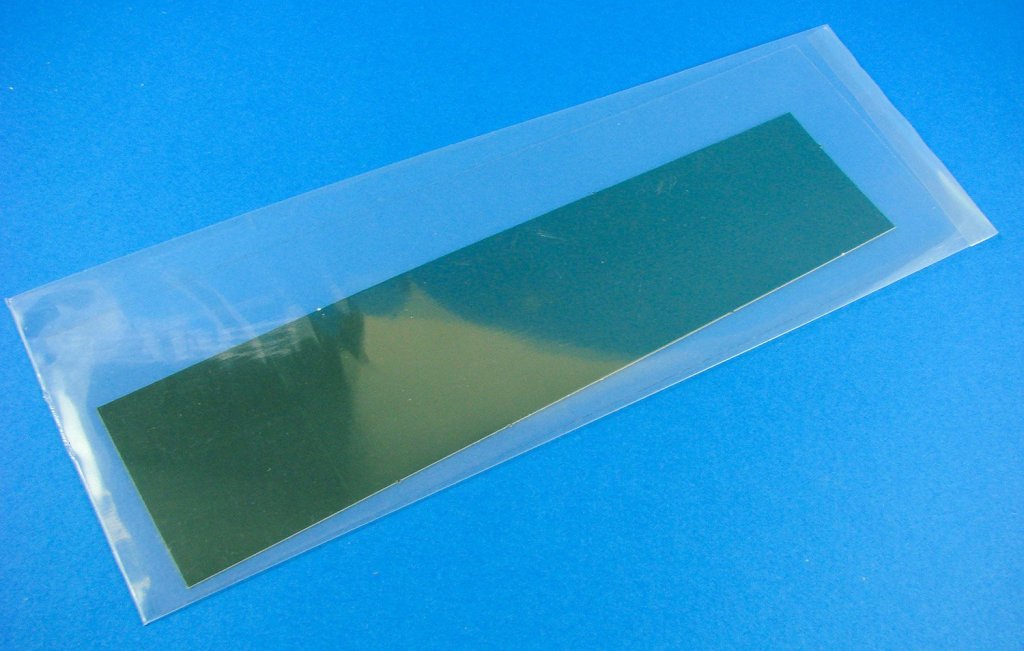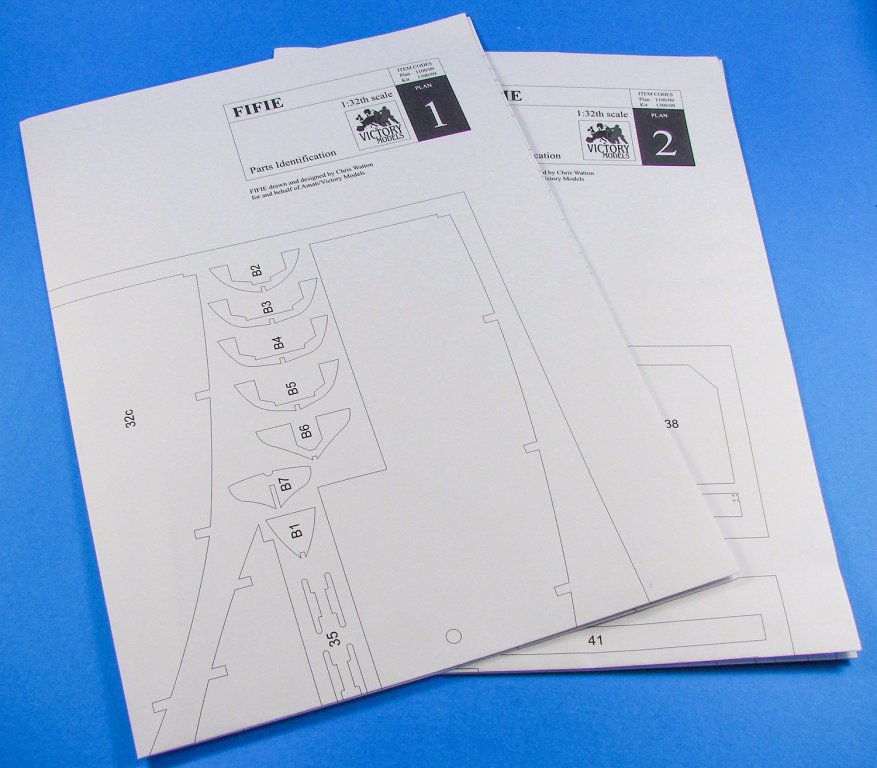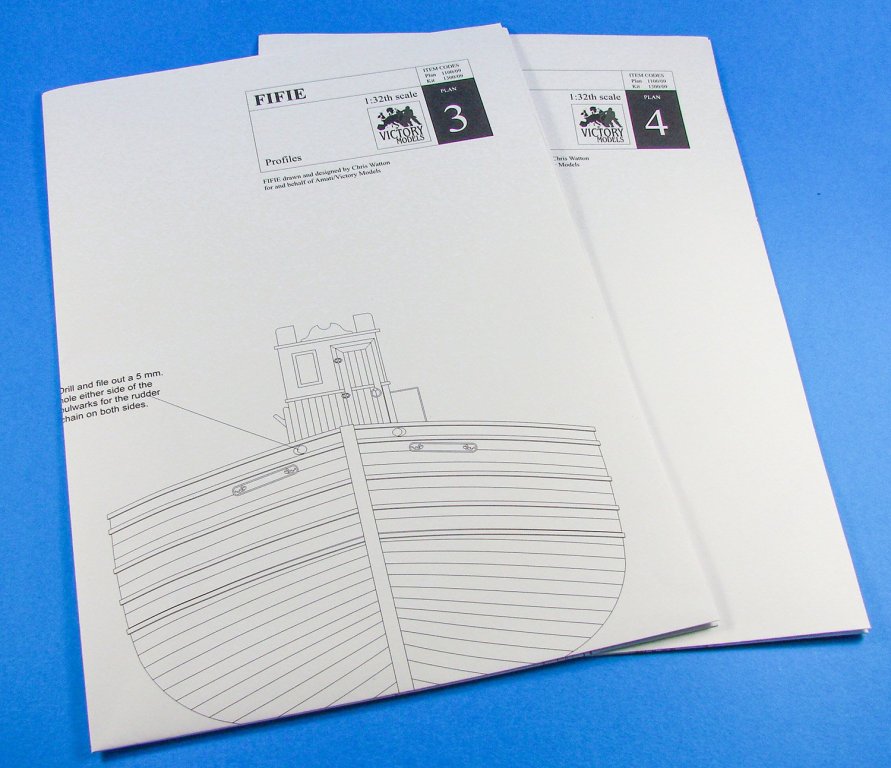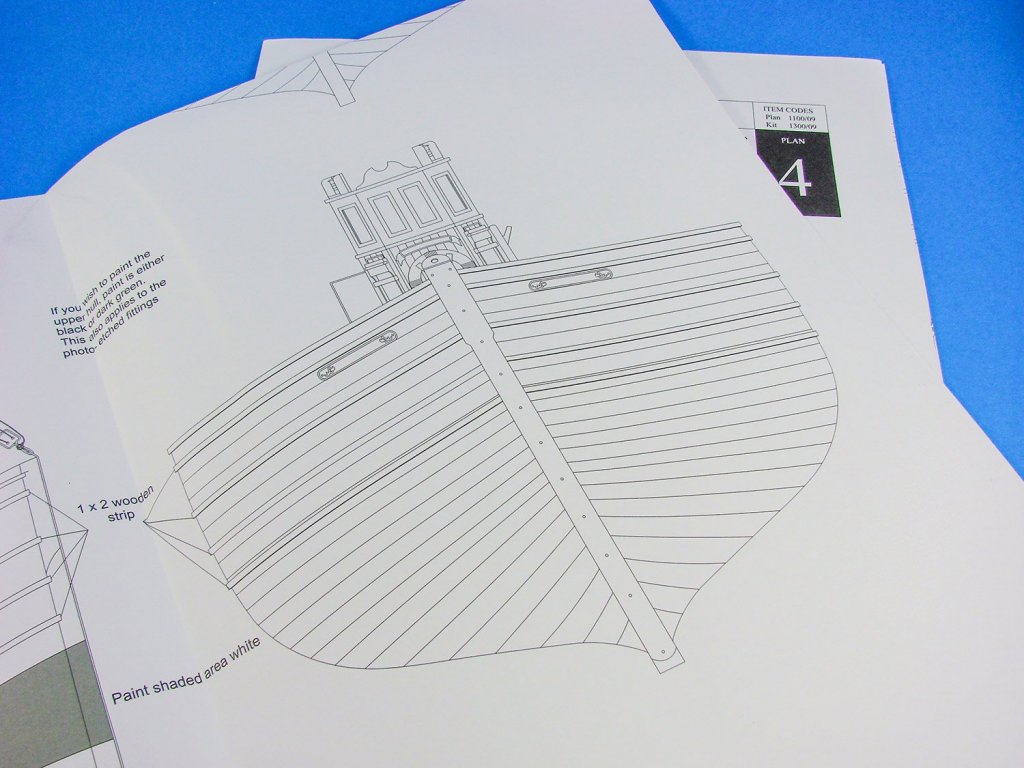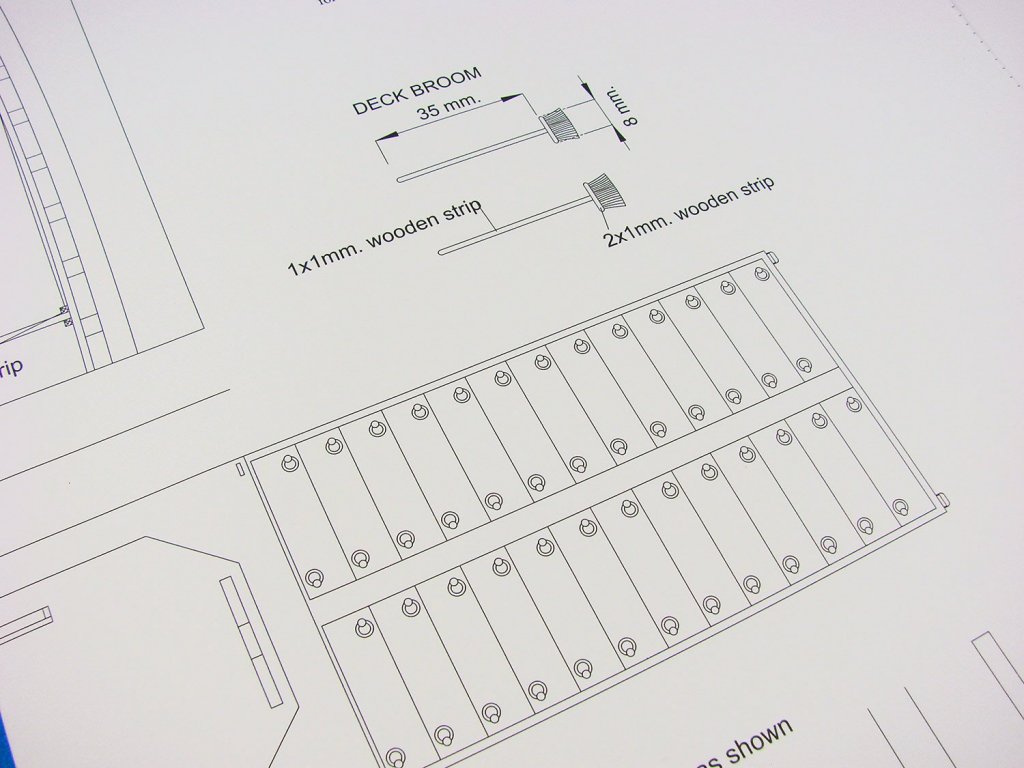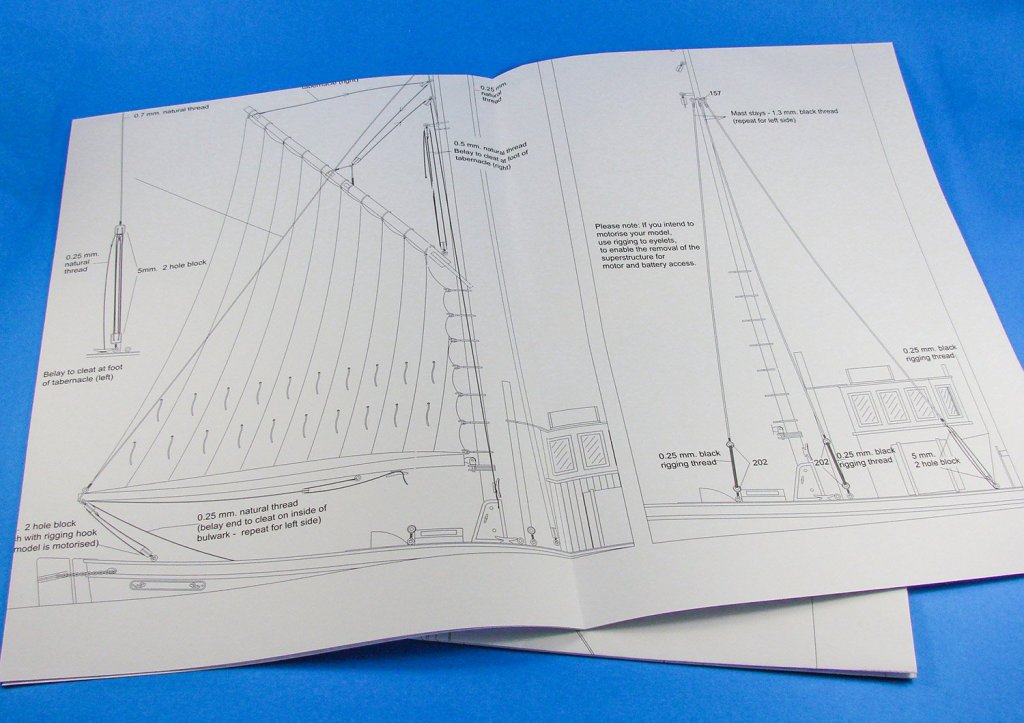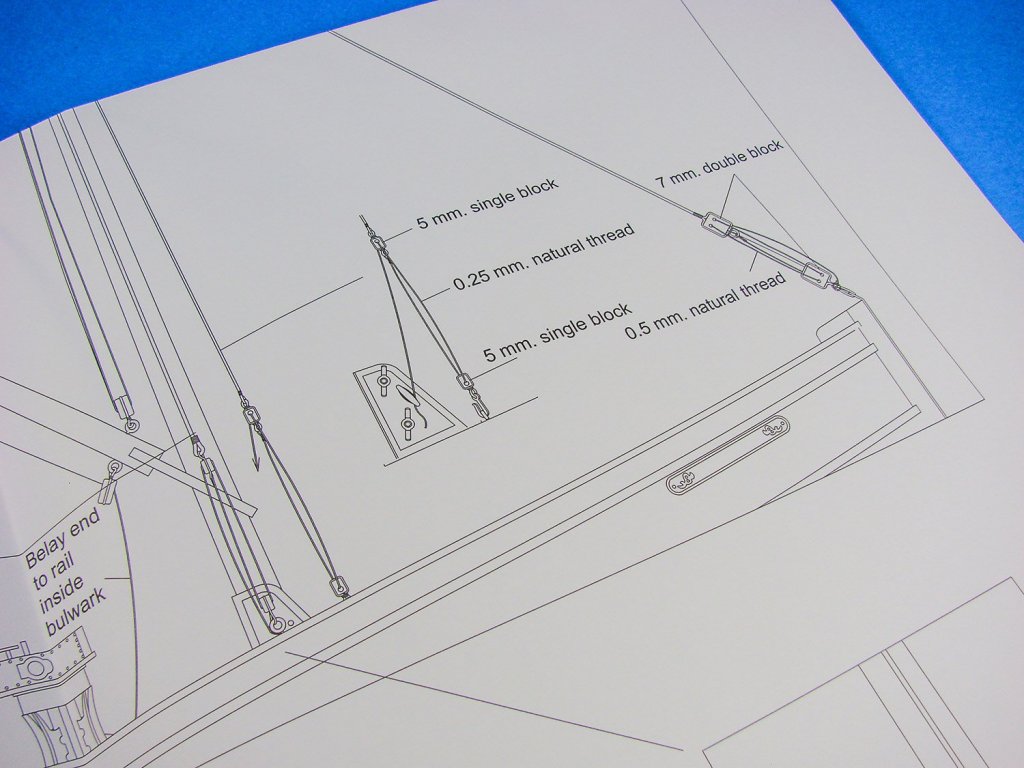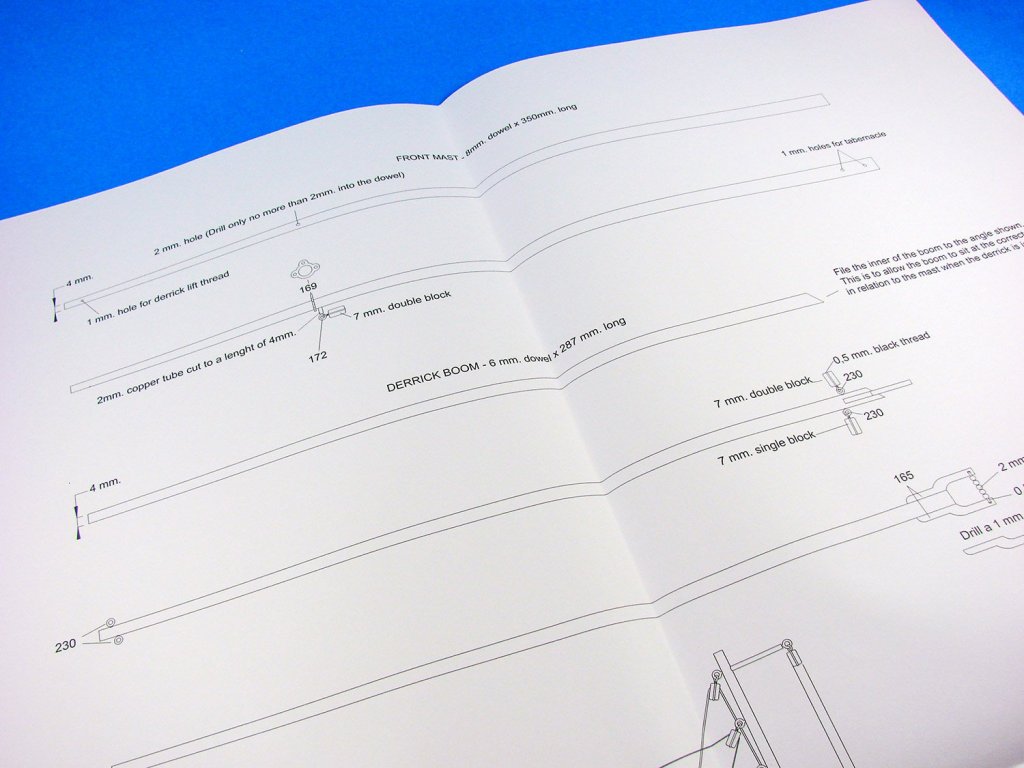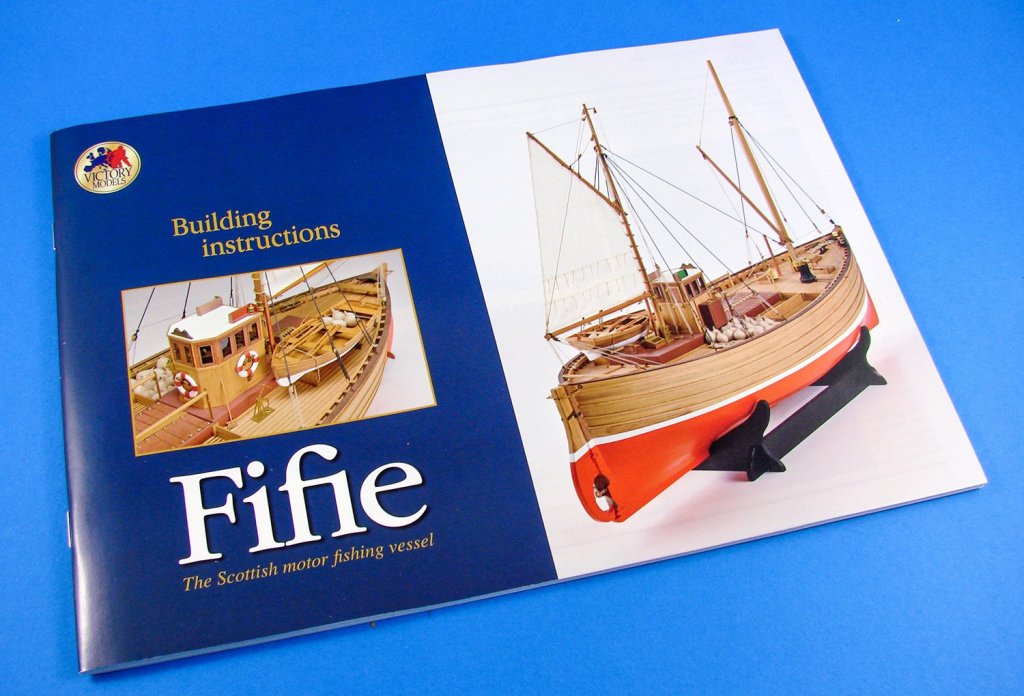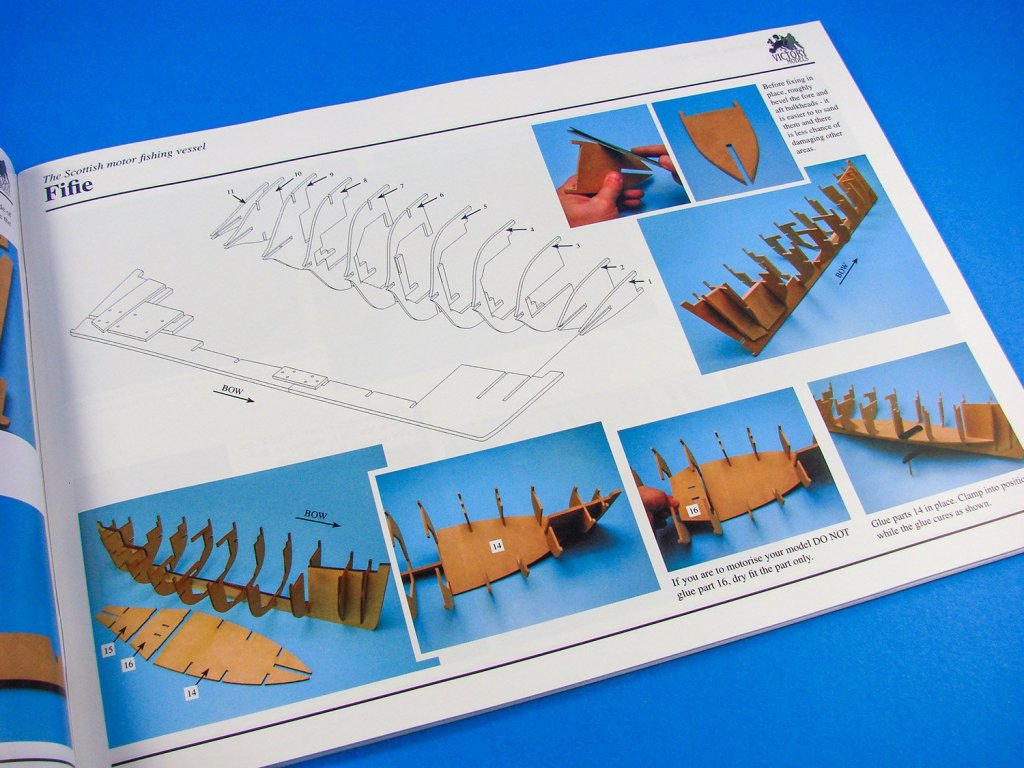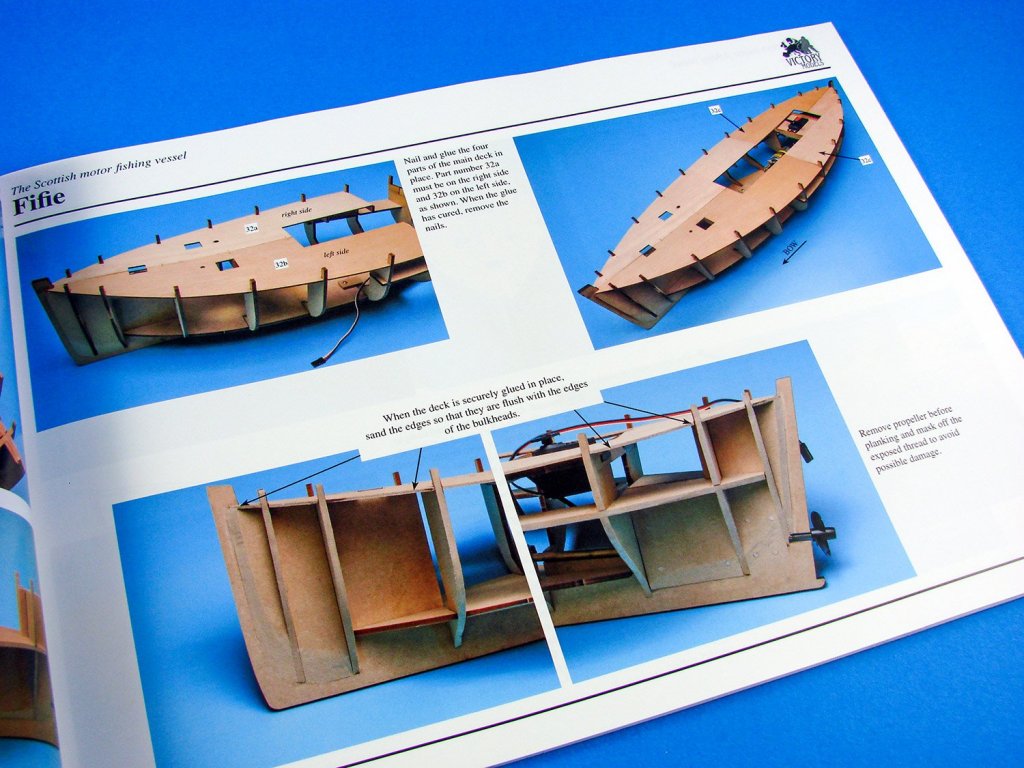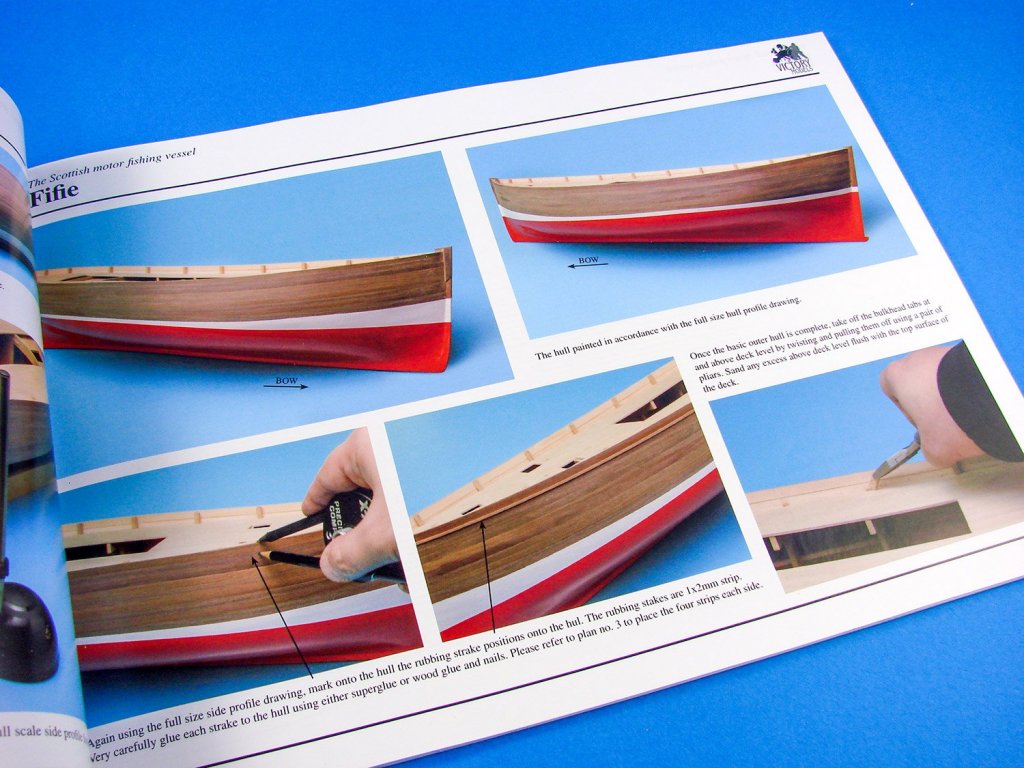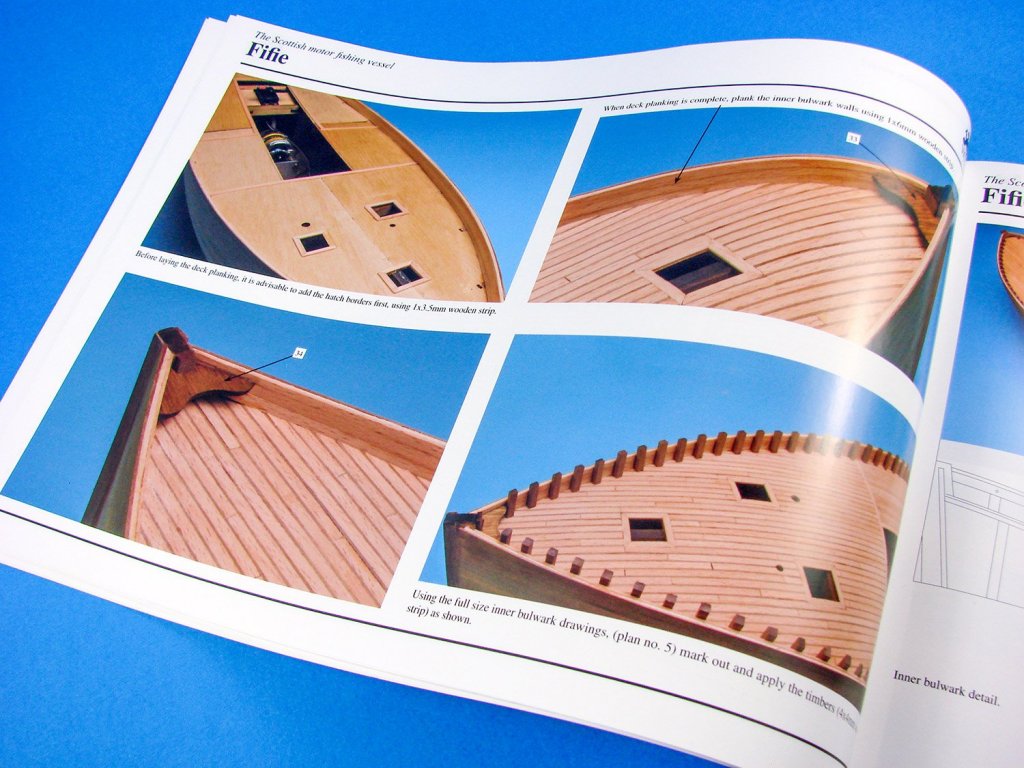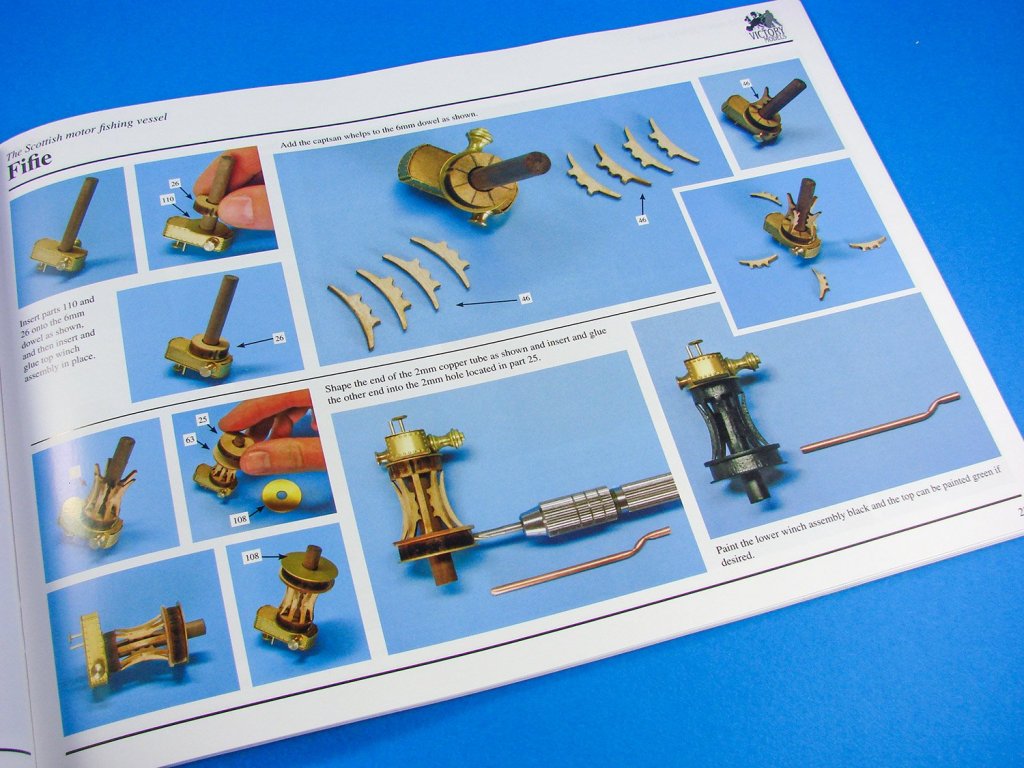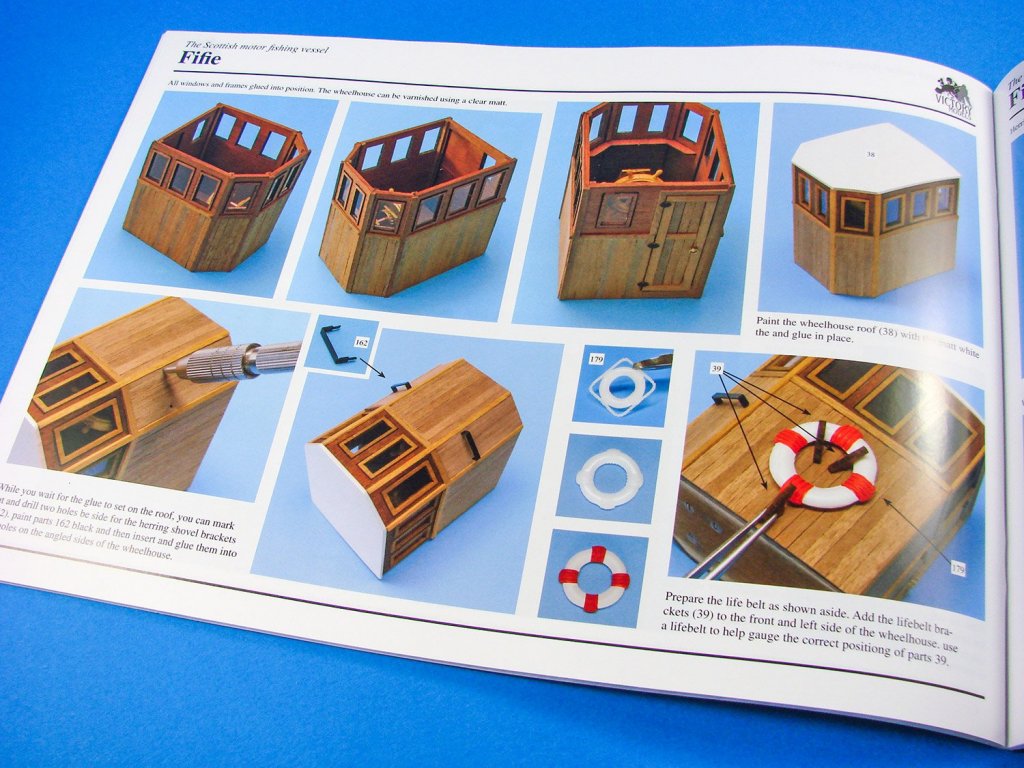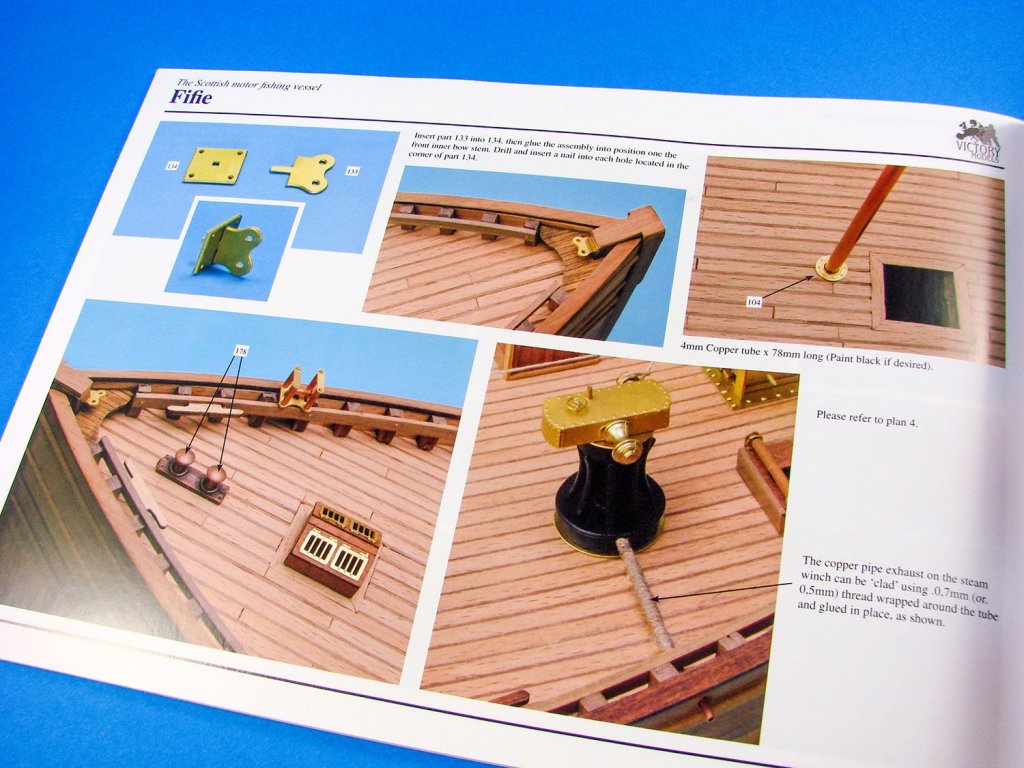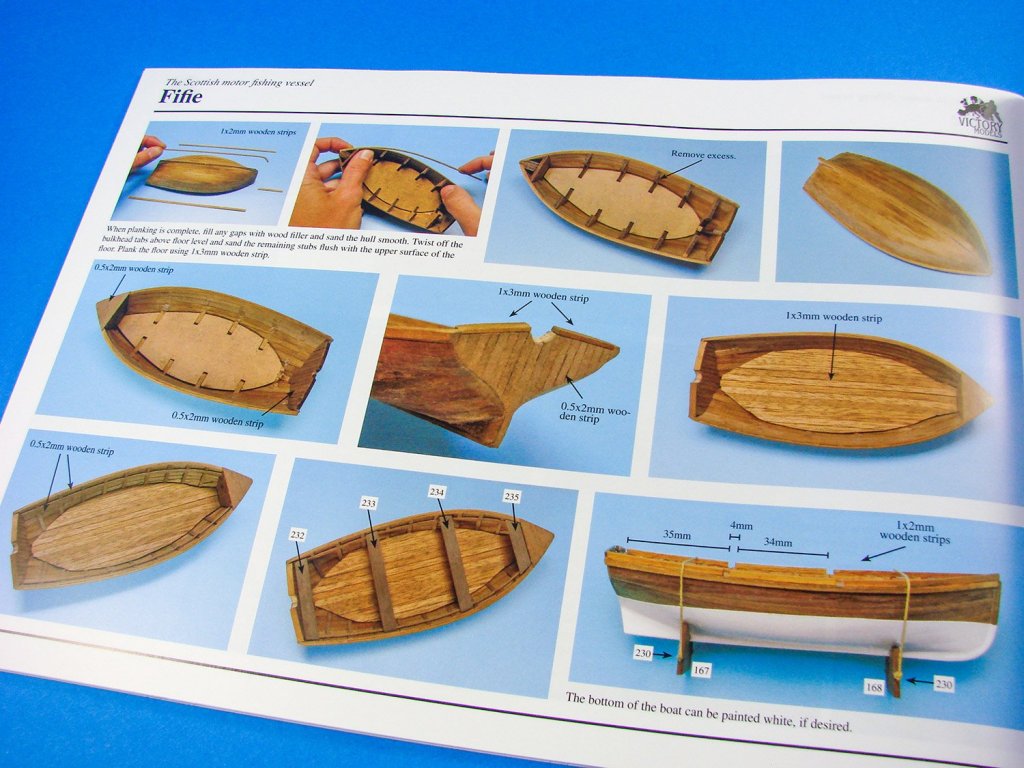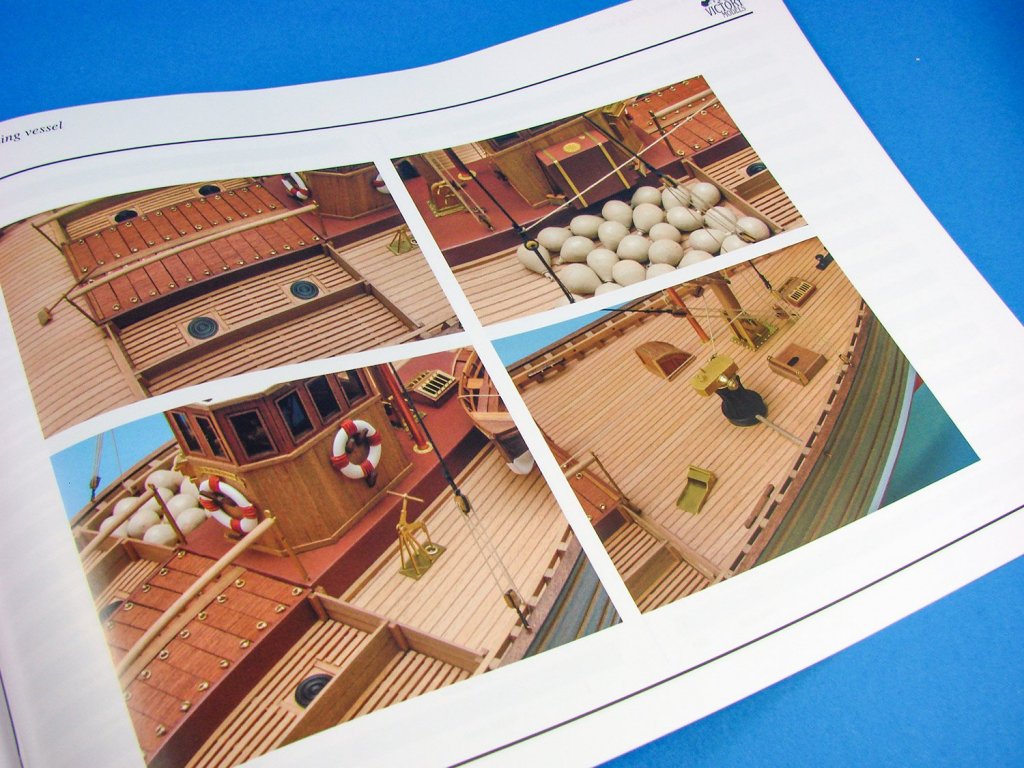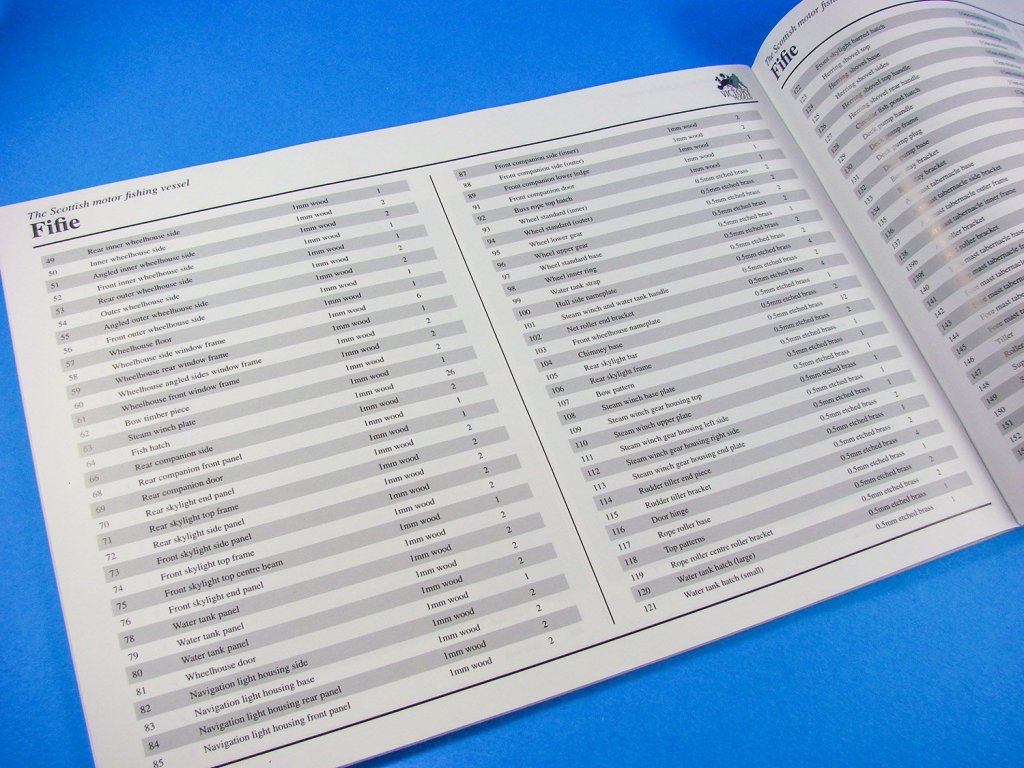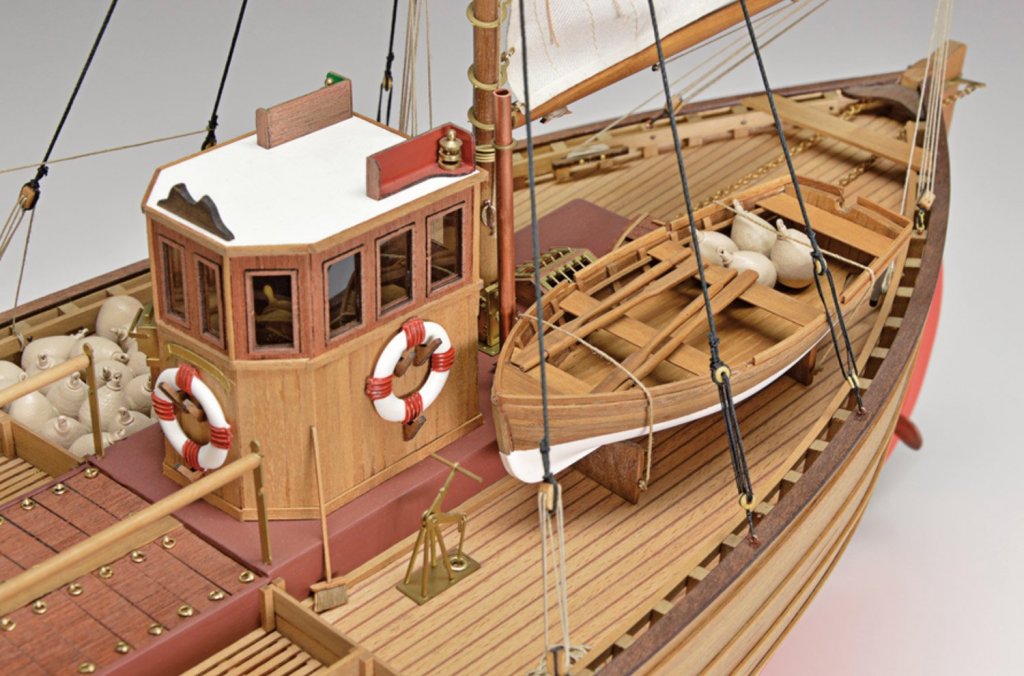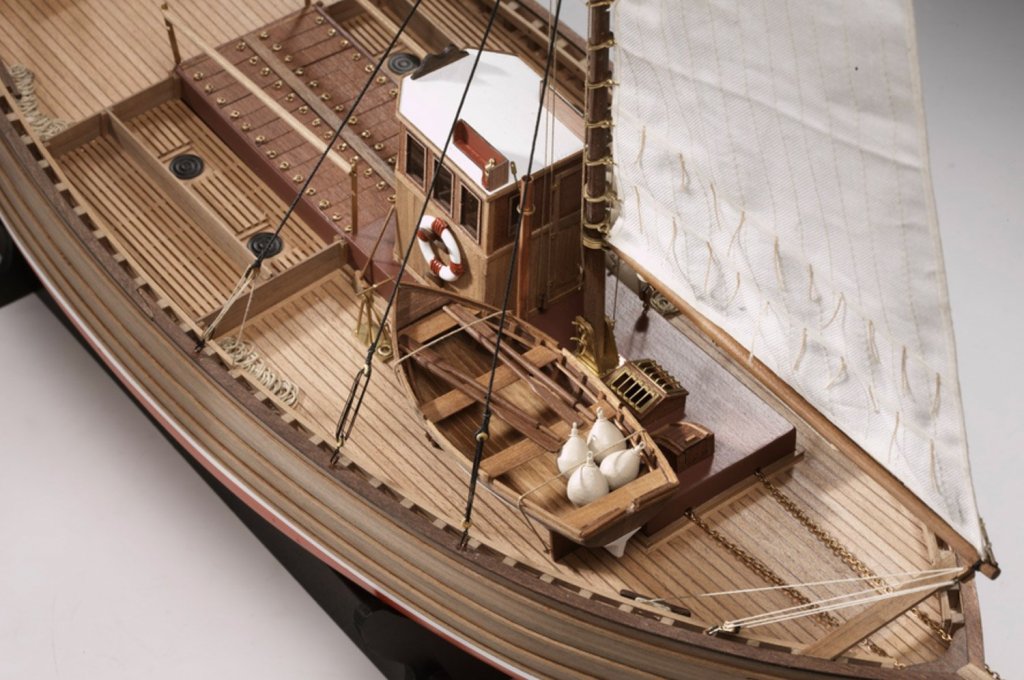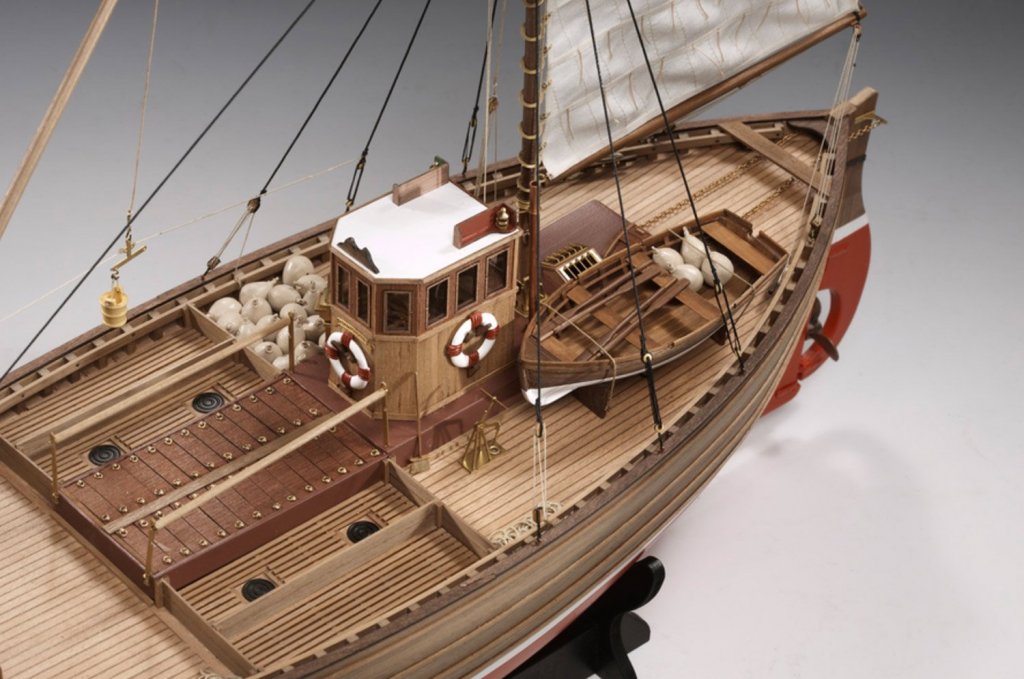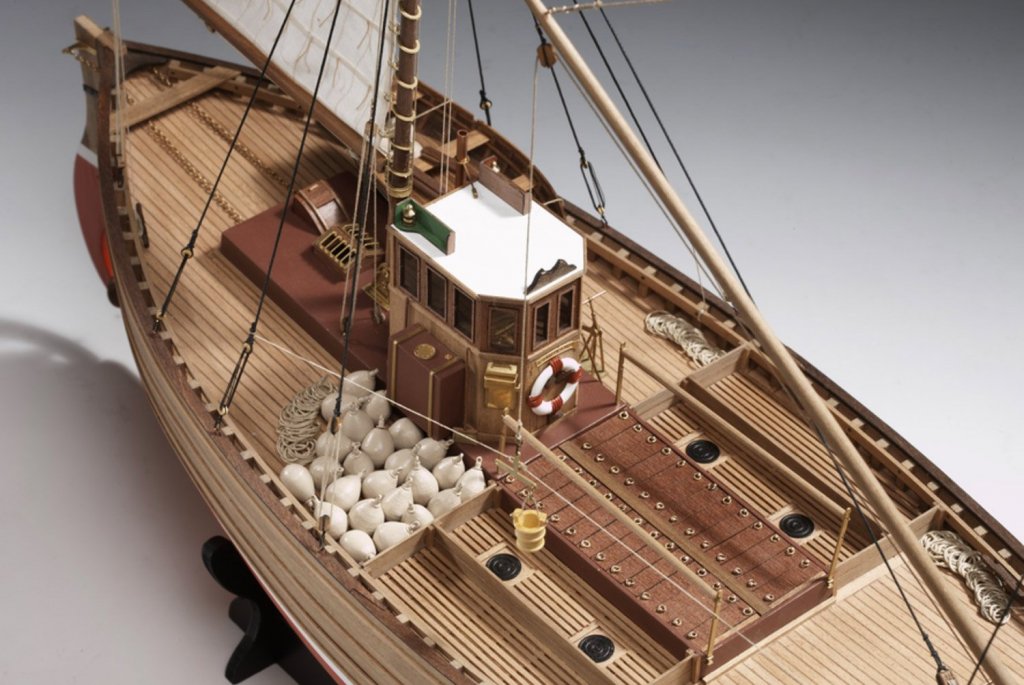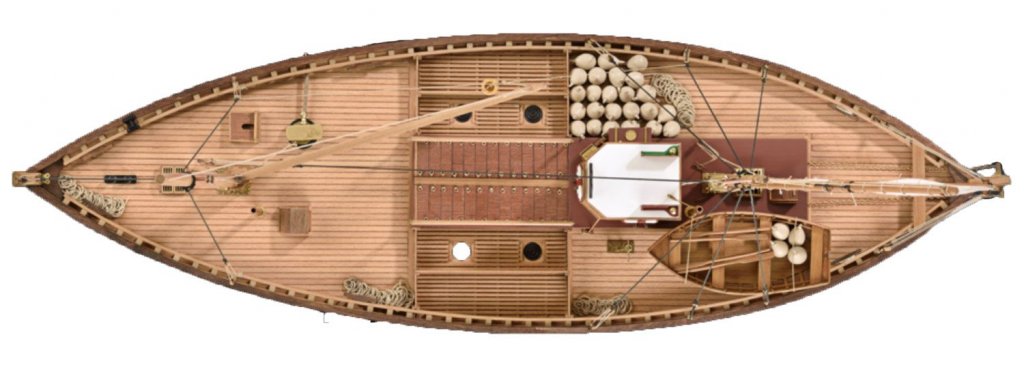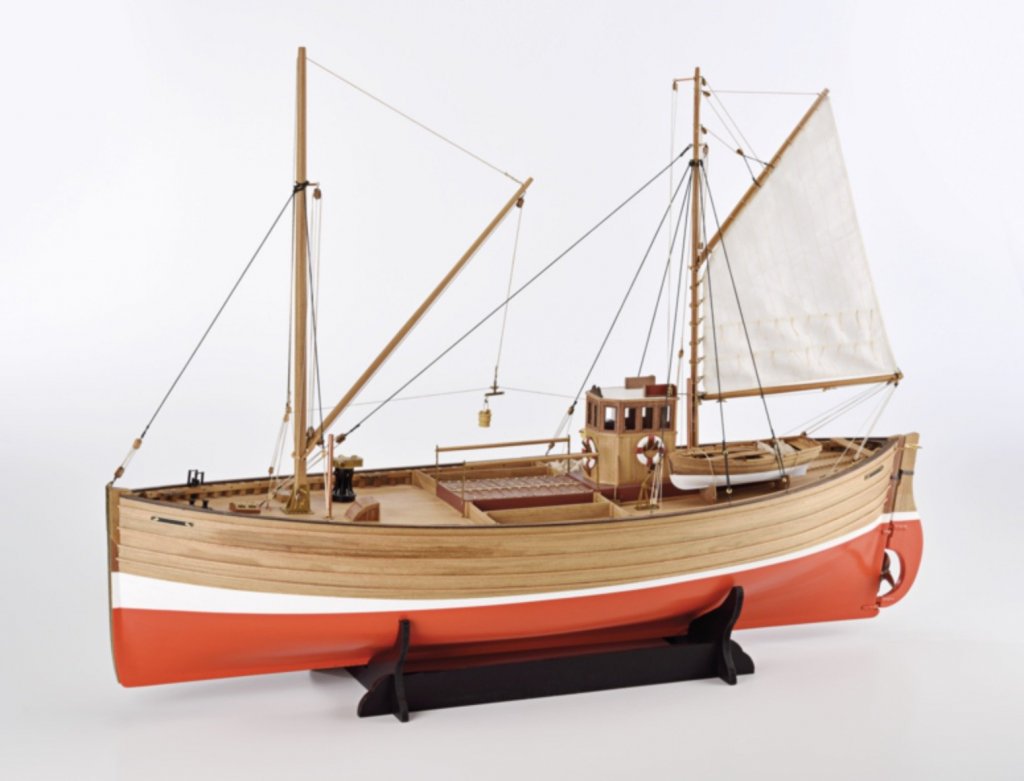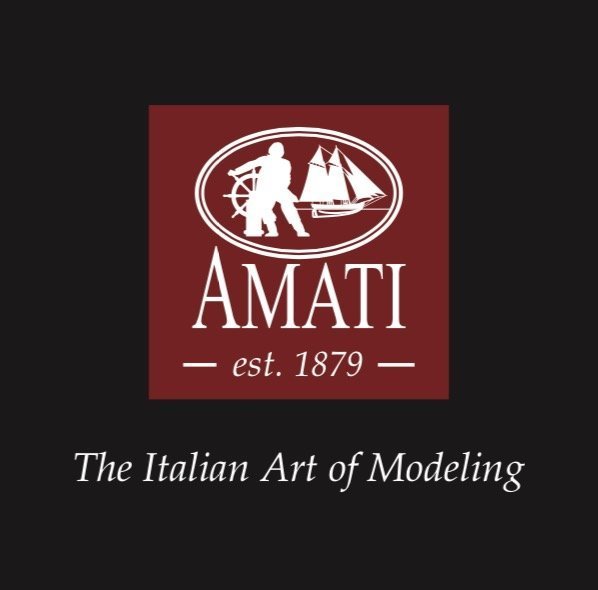-
Posts
5,538 -
Joined
-
Last visited
Content Type
Profiles
Forums
Gallery
Events
Everything posted by James H
-
Nice to see you back at the bench again, Martin. I know things haven't been easy for you, and your Agamemnon is good therapy and excellent craftsmanship. A fine build indeed!
- 122 replies
-
- caldercraft
- agamemnon
-
(and 1 more)
Tagged with:
-

1/32 Orient Express Sleeping Car 1929, by Amati
James H replied to James H's topic in Non-ship/categorised builds
Fully detailed due to large scale. Complete interior, turrets, engines, bomb bay etc. -

1/32 Orient Express Sleeping Car 1929, by Amati
James H replied to James H's topic in Non-ship/categorised builds
Not yet. I'm still fighting deadlines for my magazine work. I've just completed this model in 1:32 scale for Military Illustrated Modeller... -
Stepless Adjustment Circular Cutter DSPIAE Catalogue # HRC64~75 Available from Breveco Modelling for €67,50 I was recently lucky enough to be sent the Thinnerline circular cutter for test. If you don’t know what these tools do, then it’s quite simple…they allow the modeller to cut out discs in masking paper and very thin plasticard etc. from around 1mm to 50mm in diameter. Having found the Thinnerline an amazing tool, I couldn’t turn down the offer to try out the brand new DSPIAE tool kindly sent to me for review from the Netherlands, by Corien and Evert from Breveco Modelling. DSPIAE’s new Stepless Adjustment Circular Cutter (long name!) comes in a very attractive, robust and heavy box whose quality is pretty reminiscent of the way Apple packages its products. The box lid contains a line drawing illustration of the circle cutter, and the edge of the box has a unique 16-didgit identifier that you can use to verify that this is a genuine DSPIAE product, and not a counterfeit. Certain elements of our hobby have succumbed to piracy, so this is a very nice touch. The only thing I can pick up on is that the box lid states the minimum size is 1mm, whilst the maximum is 7.8! I am pretty sure that this is more like 50mm. The lid is a seriously snug fit, and once you overcome the suction when you remove it, you’ll find a removable tray with foam cut-outs. This contains three different cutting tools in their own plastic box, tool assembly components and a screwdriver. Yes, you will need to assemble this cutter, but it won’t take more than a few minutes. For information, the tray lid tells you the cutting angle for each blade. These are colour-coded for ease of recognition. Assembly After lifting out the tray, you will find a foam-backed instruction card, with everything clearly shown in line drawing format. The cutter is assembled in six easy stages. Unlike the Thinnerline tool which is essentially based upon a bearing, with internal parts, the DSPIAE tool is also enveloped in an aluminium case that protects the bearing. This is machined in high quality material and has a red/crimson appearance to it, applied probably through anodization. The sharp corners are then machined at 45 degrees, exposing the metal again. Very attractive indeed. The two-part aluminium housing is now bolted to the exterior of the bearing, and tightened with the supplied tools. Four grub screws are now applied, securing the bearing so it doesn’t slide. Don’t fasten these too tight. They only need to nip. Now the adjuster and gauge are fitted. I did find a washer left over and a small neodymium magnet. They aren’t on the instructions. Use After fitting the blade into the tool (yellow 45 degrees) and adjusting its position, I dial the size of circle I want into the cutter, and the cutter is sat on a sheet of masking paper. I then use the small handle to turn the inner bearing and a perfect circle is cut. It really is that simple. The gauge works so that the close to the centre of the bearing you adjust the pointer, the smaller the mask. Move it outwards towards the circumference, and your masks are larger. The cutting tools are amazingly sharp and should be kept in their plastic protectors when not in use. Conclusion Does exactly what it was designed to do, and flawlessly. An amazingly high quality tool for which you will find endless masking applications in your hobby, from wheel hubs to inner radius curves for canopies etc. You really should treat yourself! My sincere thanks to Breveco Modelling for the opportunity to try out this new tool. To buy it directly, click HERE.
-

tool review Photo Etched Parts Bender
James H replied to James H's topic in REVIEWS: Model Shipwrighting Tools, Parts and fittings
I'll post that review for you right now -

tool review Photo Etched Parts Bender
James H replied to James H's topic in REVIEWS: Model Shipwrighting Tools, Parts and fittings
There is a video of one being used here: -

tool review Photo Etched Parts Bender
James H replied to James H's topic in REVIEWS: Model Shipwrighting Tools, Parts and fittings
I'll do a few photos on an upcoming project for you. -
Photo Etched Parts Bender DSPIAE Catalogue # AT-PB Available from Breveco Modelling for €69.50 There are some really good photo-etch bending tools on the market, with my personal preference thus far being the 5.5 inch Hold and Fold from The Small Shop. I’ve used numerous different folders over the last year, some being good and some being a little iffy, in my personal opinion. I suppose it was only a matter of time before Chinese tool manufacturer, DSPIAE, released their own into their high-quality tools range, and here is that very tool. DSPIAE tools are packed into robust and attractive boxes of MDF construction, with rather random Aztec-style imagery that really doesn’t bear any relation to the product within. Still, there’s no faulting the presentation, along with the excellent packing that can be used to safely store the tools for many years to come. The box states that the contents within, or at least some of them, are a result of high-pressure forging. The box sides show the parts included within the tool set, plus the ID Code used to identify this as a genuine DSPIAE tool and not a pirated copy, with this latter being something that even the respectable Chinese companies have had to do to separate themselves from their more unscrupulous countryfolk. Taking a look at the back of the box, we see some general product information and rationale for specific product design choices. Got to love the inclusion of the Ghostbusters logo! Lift that heavy lid and you’re already getting a thank you from the company for your tool purchase decision. Another product authenticity check is included in the form of a Q-Code that can be scanned with an appropriate app on a smartphone. This red packaging is actually a sleeve that contains one of the tools working tables, as named by the manufacturer. Yes, this PE bender has a choice of two working tables, and the one in this sleeve is manufactured from a shot-blasted piece of anodized aluminium that has a sort of graphite colour to it. This is also protected by a foam cut-out within the sleeve. On the rear of the sleeve is a little more of the same product information we saw on the rear of the box, alongside line drawings of the product. One thing that can never be criticised with DSPIAE is their packaging. The tool and parts within the box are sat in foam cut-outs with another insert being used to span the area between the bending plate release knobs. A silica gel sachet is included to prevent any moisture damage. With other PE benders, I’ve been used to a metal blade to assist folding any of the longer bent edges. Unusually, with this tool, the folding tool (or bending plate as described by DSPIAE), is constructed from clear acrylic sheet which has been neatly and evenly ground down to a wedge end, and with a black plastic cap strip along the other edge. In fact, they actually supply two folding tools here, with one of them being quite short in relation to the main folder. It remains to be seen how these bear up to continued use as opposed to a metal item but remember that it’s not much effort is generally needed to make these bends, and you aren’t pushing and grinding these parts together. More rationale for product design is also given on a foam insert, and also some information on how the tool is used. Time to get our hands dirty and take a closer look at this. No doubt, this tool must surely win a prize for the most beautifully finished and aesthetically pleasing tool that will end up on your workbench. The main bed of the PE bender is machined from high-grade aluminium which has been finished in black anodising and has a recess into which the switchable working tables will fit. Four hex-key screws hold the default working table in place. Unlike the shot-blasted, anodised aluminium plate that was packed into the sleeve, this plate is constructed of stainless steel and has a high mirror finish that was a little difficult to capture clearly in my photography. The bending face is constructed from more high-grade aluminium, this time anodised in the companies trademark red colour. This has more bending options than my default 5.5inch Hold and Fold, with the various shaped being precisely machines, as with the US-equivalent tool. Two knurled knobs hold down this pate onto the working table, with the plate itself being sprung-loaded. The being plate can also be lifted off and turned around 180 degrees so that the long straight edge is the principle bending face. This unit is also larger (and heavier) than my usually tool. The larger size does account for that generally, but the stainless working table adds to this, unlike my usual tool which is simply a two-part item which is also sprung-loaded. DSPIAE’s tool has a length of 177mm and a width of 91mm. Note here the smaller machined bending locations that can be used in conjunction with dowel or metal rods/drill shanks. A hex key is also supplied for you to tighten the threaded knob screws, should they ever come loose. Here you can see the difference in the working tables. There is some notation about the mirror finish being easier to scratch (obviously) but that won’t impair the quality of the tool and how it works. I think the choice between these two items is more one of personal choice than how the tool actually works. If you ever inadvertently damage one of these, then at least you’ll have a backup. To help maintain that mirror finish and keep things clean, a neat polishing cloth is also included, as are a set of sticky feet made by 3M. In the same wallet are the two hex-keys that we’ve seen in use in this review. Aluminium or mirror-finished working plate, the choice is up to you! Here you can also see the bending face turned around 180 degrees. Conclusion An extremely robust and high-quality tool with unusually high levels of beauty for a functional item. The two choices of working table are a nice touch, and the large overall size of the tool lends itself to some of those longer folds that we something see in our photo-etch parts sets. It’ll be interesting to see how the acrylic folding tools hold up under use, but these can be swapped for something else, should the need arise. The folding tool I got in my 5.5inch Hold and Fold eventually started to rust, so that wasn’t perfect, and I really didn’t want to look at introducing oil to things, especially when I have to paint the folded parts later! Perhaps acrylic is an inspired choice in that respect. Overall, a stunning new release from DSPIAE and one which, cost-wise, is about on par with other contemporary releases from other companies, but with those little extras thrown in for good measure. Very highly recommended. My sincere thanks to Breveco Modelling for the sample seen in this review. To purchase directly, click the link at the top of this article.
-

kit review 1/72 HMS Vanguard 1787 - Victory Models/Amati
James H replied to James H's topic in REVIEWS: Model kits
I look forward to that! Welcome to MSW also- 18 replies
-
- victory models
- elephant
-
(and 3 more)
Tagged with:
-
Bounty is often showed with blue painted on the hull sides, and yellow. By demarcation, I mean how this was painted and to what extent, and also which particular colours would have been used for the time?
-
Thanks guys, This is very useful. Can you identify things such as mast colour, hull demarcation and colours used? Is there something which is usually regarded as reliable in this respect? Thanks, Jim
-
Hi all, I thought I would seek the knowledgeable counsel of the good folks on MSW for this. Can anyone give me a good indication as to the actual finish of Bounty? (hull, masts etc.) and colours which would be close? Are there any contemporary prints which are considered more accurate in terms of how she actually looked? It's pretty important that I get the information as close as is possible, allowing for the relative lack of technical info available. Thanks, Jim
-
I really can't wait to see this. What a great looking model.
- 216 replies
-
- masterkorabel
- ships
-
(and 3 more)
Tagged with:
-
Lovely work so far. Nice clean deck planking and frame assembly. I'll be following this.
- 21 replies
-
1:32 Fifie – The Scottish Motor Fishing Vessel Amati Catalogue # 1300/09 Available from Amati for €220.00 The Fifie is a design of sailing boat developed on the east coast of Scotland. It was a traditional fishing boat used by Scottish fishermen from the 1850s until well into the 20th century. These boats were mainly used to fish for herring using drift nets, and along with other designs of boat were known as herring drifters. While the boats varied in design, they can be categorised by their vertical stem and stern, their long straight keel and wide beam. These attributes made the Fifies very stable in the water and allowed them to carry a very large set of sails. The long keel, however, made them difficult to manoeuvre in small harbours. Sailing Fifies had two masts with the standard rig consisting of a main dipping lug sail and a mizzen standing lug sail. The masts were positioned far forward and aft on the boat to give the maximum clear working space amidships. A large Fifie could reach just over 20 metres in length. Because of their large sail area, they were very fast sailing boats. Fifies built after 1860 were all decked and from the 1870s onwards the bigger boats were built with carvel planking, i.e. the planks were laid edge to edge instead of the overlapping clinker style of previous boats. The introduction of steam powered capstans in the 1890s, to help raising the lugs sails, allowed the size of these vessels to increase from 30 foot to over 70 foot in length. From about 1905 onwards sailing Fifies were gradually fitted with engines and converted to motorised vessels. There are few surviving examples of this type of fishing boat still in existence. The Scottish Fisheries Museum based in Anstruther, Fife, has restored and still sails a classic example of this type of vessel named the Reaper. The Swan Trust in Lerwick, Shetland have restored and maintain another Fifie, The Swan, as a sail training vessel. She now takes over 1000 trainees each year and has taken trainees to participate in the Cutty Sark Tall Ships Races to ports in France, Denmark, the Netherlands, Ireland as well as around the UK. Extract from Wikipedia The kit Fifie is packed into a large, heavy box that certainly hints that there’s a good quantity of material included to build this historic fishing vessel in all its glorious 1:32 scale. I do admit to particularly liking this scale, having built plastic models for many years and indeed for magazine publication. It’s definitely something I can relate to when eyeing up the various dimensions and features. Amati’s presentation is flawless and certainly stands out, with its large, glossy lid that captures an attractive view of the Fifie. It has to be noted here that the hull is usually fully painted, with green being common above the waterline, but this model was finished to show off the beauty of the walnut timber supplied in the kit. And why not! For those that don’t know, this kit, under the Victory Models label, was designed by Chris Watton. Many of you should be familiar with that name and his design pedigree. At 1:32, this kit is no shrinking violet in terms of size. Fifie is 700mm long, 470mm wide and with a height of 230mm (sans masts). Lifting the lid does indeed show a box crammed with materials. Inside, we have several bundles of timber, plus a packet of timber dowel/strip/metal rod/tube, a thick packet containing numerous laser-cut sheets, another packet with plans and photo etch, and underneath the main timber, we have sail cloth and fittings packs. Thick foam is included to stop the main materials from banging around in the box. Strip wood Fifie has a double-planked hull, with the first layer being constructed from 1.5mm x 7mm lime strips. These, like many of the other bundles, are 600mm long, and very cleanly cut with no fuzzy edges Sixty-five of these are supplied. The same quality goes for the second planking layer, which is supplied as 90 strips of 1mm x 6mm walnut which is some of the best I’ve seen in a kit. There is little colour variation in these, and they look pleasantly uniform. I’ve always found Amati’s timber quality to be exceptional and this is no different. As well as elastic to hold the bundles some labels are also included to help identity the material. Other strip wood is included (beech and walnut) for such things as deck planking, caulking (yes, caulk plank!), lining the various deck hatches, sheathing the deckhouse structures, rubbing strakes etc. These bundles are both taped and bound with elastic, with the deck planking having an identifying label also. Cutting is clean and precise. Dowel and tube/rod Various lengths of dowel is included for masting, false keel strengthening pins etc. and thicker strip wood for the timberheads. All is supplied in a nice uniform walnut colour….no nasty walnut dyes/stains in this kit! These latter lengths are also packaged into a thick clear sleeve, unlike the others. Note also various lengths of brass and copper wire, as timberheads well as some copper tube. Some mounting parts are included for RC conversion, but you will need to purchase other items to complete the model for radio. MDF sheet items Again, Amati has made extensive use of 4mm MDF for the hull false keel and bulkheads, and all are laser-cut, as are all individual wooden items in this kit. Cutting looks very precise with very little in the way of scorching, apart from very localised discolouration. I know many don’t like MDF as a material for our models, but MDF sands easily and is also warp-free, lending itself to a nice, true hull. You won’t see any of this when you start to lay planks. There are FOUR sheets of this material, and you’ll notice that there aren’t any parts numbers engraved on here. You will need to refer to the first two sheets of plans which contain the parts references. A single sheet of 2mm MDF contains parts such as the four-piece deck, cleats, and the bulkheads and keel for Fifie’s single launch vessel. There is also a single 6mm sheet of MDF (sheet 2698-B) which contains the four parts needed for the cradle. I’ve seen numerous sites which now sell this model claim that no stand is included with this model. Well, this sort of proves that statement incorrect. This is the same cradle shown on the box lid images. Of course, you’ll need a suitable MDF primer for this, and some nice coats of gloss lacquer to get the best from this. Ply sheet parts SIX sheets of thin ply are included for just about every other timber construction elements of Fifie, including the deckhouse, deck superstructures, keel sheathing, and bulwark capping strip. Again, all parts are laser-cut and will require minimal effort to remove any edge char. Fittings Two boxes of fittings are included in the very bottom of the Fifie kit box. Some of the weight bearing down has caused a small crack in the two vac-form fittings boxes, as you can see, but all parts within are absolutely fine. The first box contains the cast metal propeller, deck buckets, ship’s wheel, rigging blocks, life preserver rings and a whole load of beautifully smooth wooden balls for making the many buoys which sit on Fifie’s deck. These are perfectly circular, yet the ones on the box image are slightly shaped. Instructions show these as the balls, and you could perhaps opt to use a little putty to add some shape to these. The second fitting box contains seven spools of rigging cord in both black and natural colours, nails, various cast fittings such as bollards, plus rudder pintles, anchors etc. Copper eyelets, chain and ferrules etc. make up the set. Sail cloth Should you wish to add sails, then enough material is supplied for you, in bleached white cloth. Photo-etch Very few kits come without photo-etch parts these days, and this is no exception, with TWO sheets of 0.7mm brass with a very high number of included parts. A quick scan around the sheets will easily identify parts for the mast bases, steam winch, engine skylight, capstan, deck hand pump, wheel assembly, herring shovel, tabernacle, mast rings, etc. Acetate and card I have to say I’m not entirely sure what the card/cartridge paper is for except for maybe general use, but the thin acetate is obviously for the cabin windows. Instructions and plans Without a doubt, Amati produce some of the very best instruction manuals to come with any model kit. For reference, check out my Orient Express Sleeping Car review and that of Revenge. Fifie is no different with a luxurious and fully-pictorial, 64-page publication. Whilst this isn’t perfect-bound as with the previous reviews, it is in full colour and produced to a standard that’s still far higher than many contemporary manufacturers, with each stage being shown under construction so you get a perfect idea about what is required at that point in construction. Text is also in English, or at least in the sample I have been sent. The rear of the manual contains a complete components list. Backing up this publication is a set of seven plan sheets. The first two of these are for identifying the various timber and PE parts. The others show general profile and detail imagery, as well as masting and rig drawings. Remember that the hull itself is built entirely from the photographic sequences so everything you see on these drawings is for external details. Conclusion I have to say that you get a lot of kit for your money with Fifie, and when I first asked Amati what they envisaged the RRP to be, I was quite surprised at this. Everything about Fifie is quality, from the packaging and presentation, to the beautiful, photographic manual, fittings, sheet and strip timber, all the way to the superbly drawn plans. I’m very surprised that the gestation period has taken so long for them to bring this excellent kit to market. It’s also a Chris Watton thoroughbred. If you’ve seen his previous designs, then you’ll be familiar with the format of Fifie, which was quite the different vessel for Chris to tackle, when everyone seemed to think he would only design fighting vessels, armed to the teeth with cannon. I must admit that Fifie did take me quite by surprise too. The very shape of this iconic and historic vessel is so homely and welcoming and for me, invokes images of those times when fishing communities were happy and thriving. Whether you’re a fan of Chris’s work or not, Fifie is most certainly a kit that you should consider dropping into your virtual shopping cart next time you visit your favourite online model ship/boat retailer, and of course, if RC is your thing, then this kit will also suit your genre! VERY highly recommended! My sincere thanks to Amati for sending out the sample kit you see reviewed here. To purchase directly click the link at the top of the article to take you to Amati’s online shop or check out your country’s local distributor. Plans are also available from Amati, for €21.00
-
So pleased you like them. More to come too, with kits from Amati (including their new Fifie), Master Korabel and @MarisStella.hr etc.
-

kit review 1:100 Santa Maria 'First Step' - Amati
James H replied to James H's topic in REVIEWS: Model kits
I don't think the exactitudes matter too much to an enthusiastic youngster, as they do to more seasoned modellers with knowledge of ship design. This modeller is just really enthused to be building a wooden ship- 7 replies
-
- beginner
- santa maria
-
(and 1 more)
Tagged with:
About us
Modelshipworld - Advancing Ship Modeling through Research
SSL Secured
Your security is important for us so this Website is SSL-Secured
NRG Mailing Address
Nautical Research Guild
237 South Lincoln Street
Westmont IL, 60559-1917
Model Ship World ® and the MSW logo are Registered Trademarks, and belong to the Nautical Research Guild (United States Patent and Trademark Office: No. 6,929,264 & No. 6,929,274, registered Dec. 20, 2022)
Helpful Links
About the NRG
If you enjoy building ship models that are historically accurate as well as beautiful, then The Nautical Research Guild (NRG) is just right for you.
The Guild is a non-profit educational organization whose mission is to “Advance Ship Modeling Through Research”. We provide support to our members in their efforts to raise the quality of their model ships.
The Nautical Research Guild has published our world-renowned quarterly magazine, The Nautical Research Journal, since 1955. The pages of the Journal are full of articles by accomplished ship modelers who show you how they create those exquisite details on their models, and by maritime historians who show you the correct details to build. The Journal is available in both print and digital editions. Go to the NRG web site (www.thenrg.org) to download a complimentary digital copy of the Journal. The NRG also publishes plan sets, books and compilations of back issues of the Journal and the former Ships in Scale and Model Ship Builder magazines.

